Drive the new Mercedes-AMG GT C and you will get attention wherever you go. It is a very special car that hopes to go after the Porsche 911. We found the car to be a work of art. This is definitely not an ordinary car. It is extremely quick and full of luxury touches so the question becomes is it worth the price? It really depends on your paycheck so let’s dig deeper.
2020 Mercedes-AMG GT C - Driven
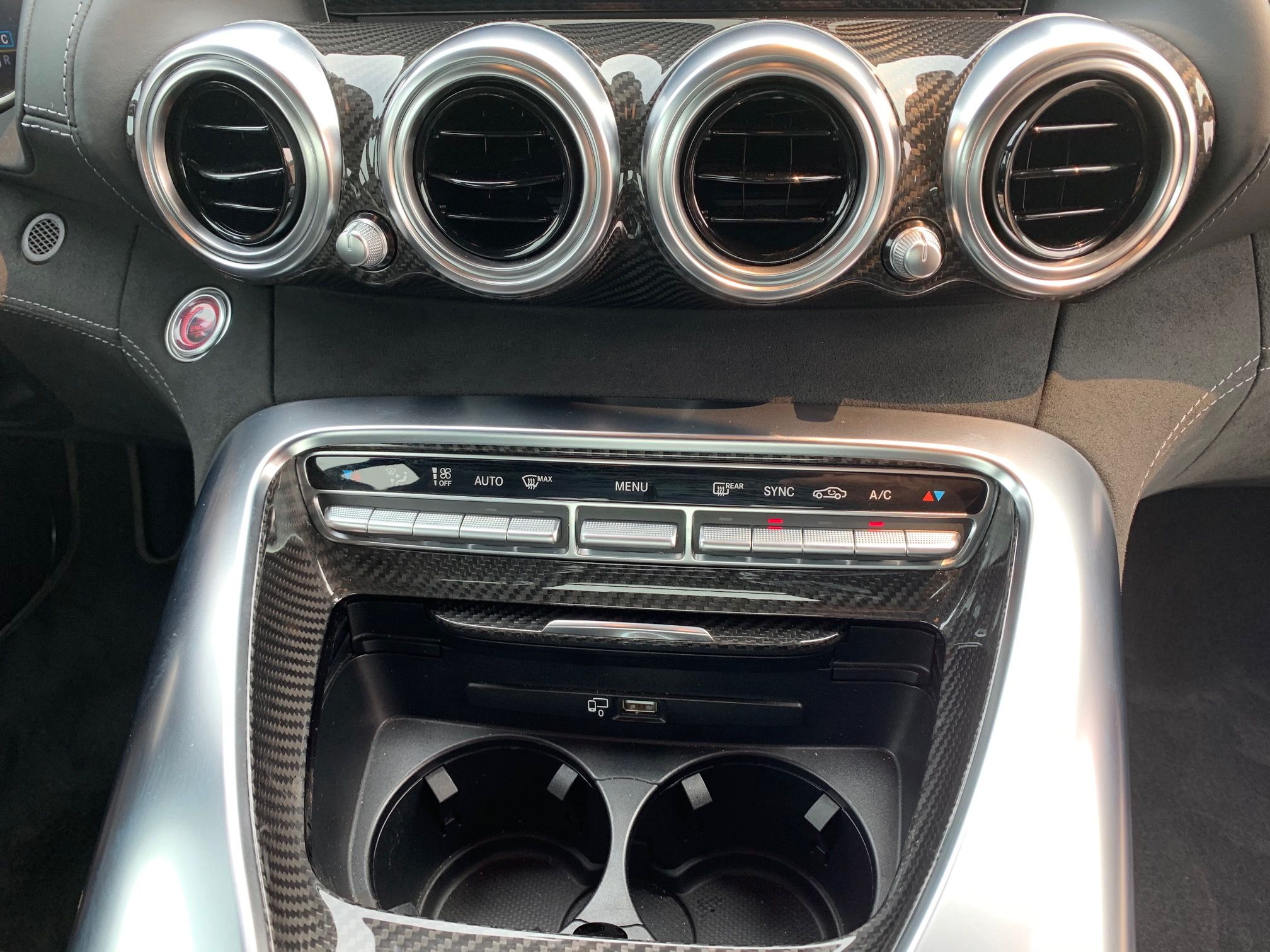

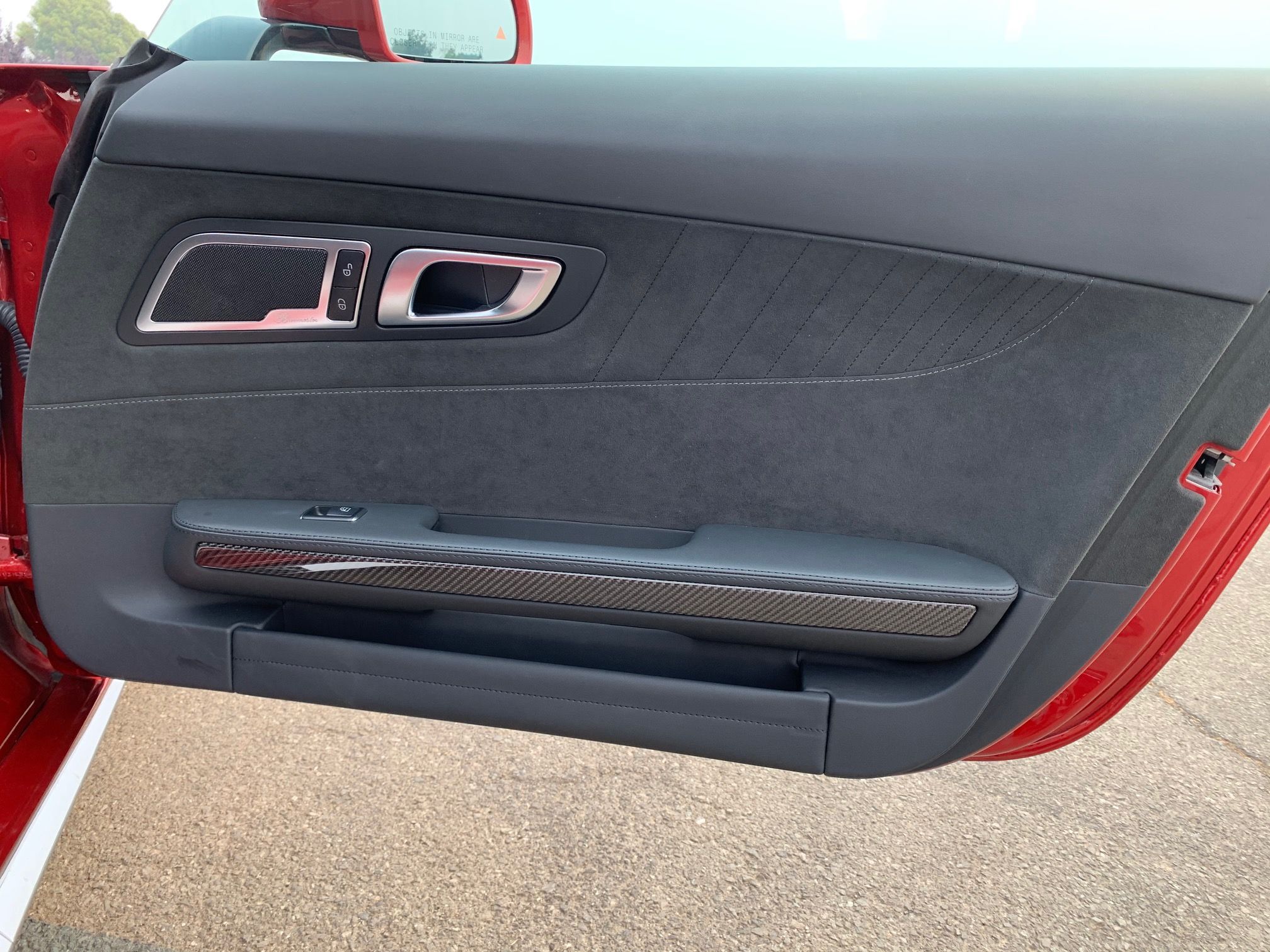
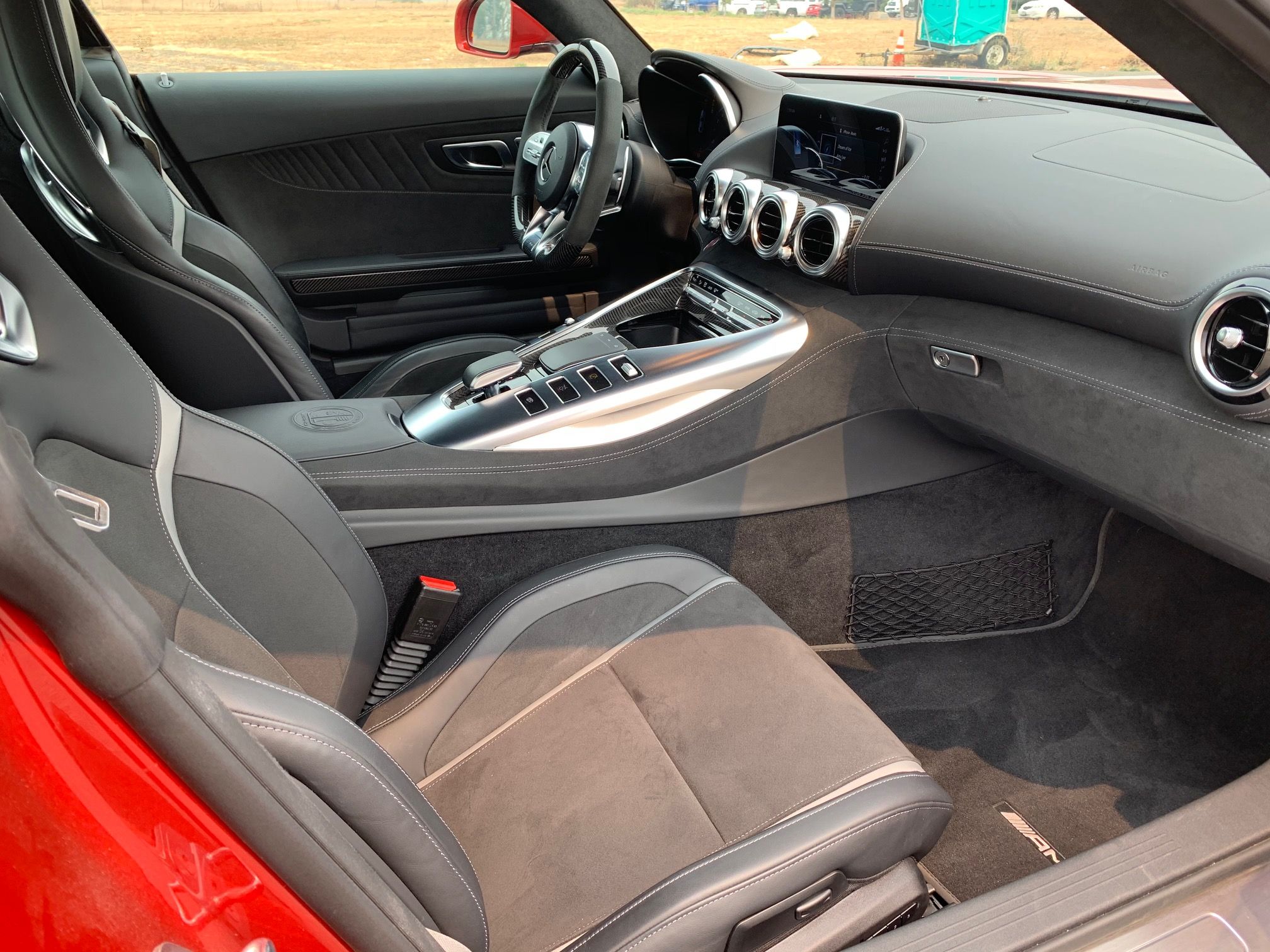
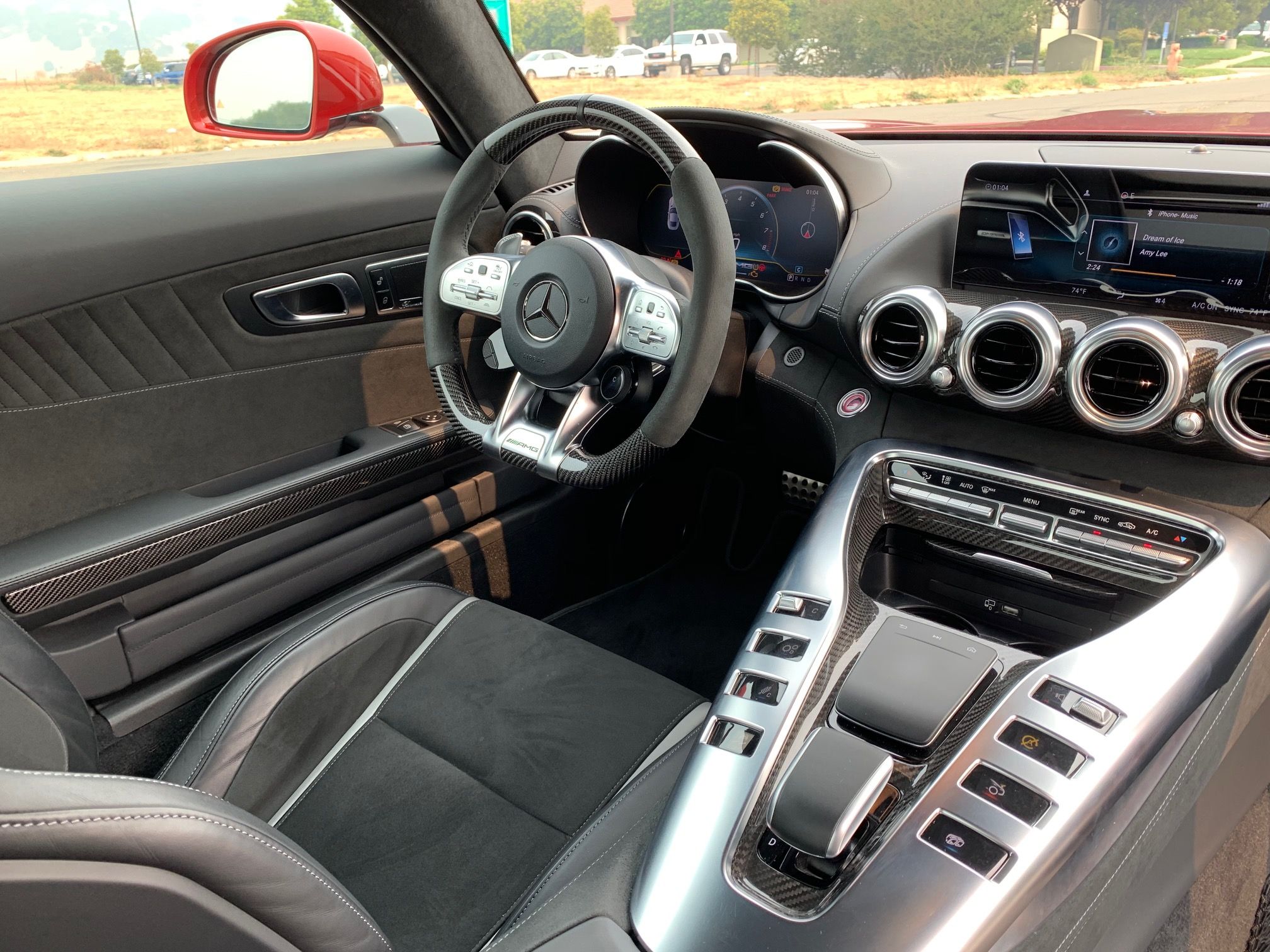
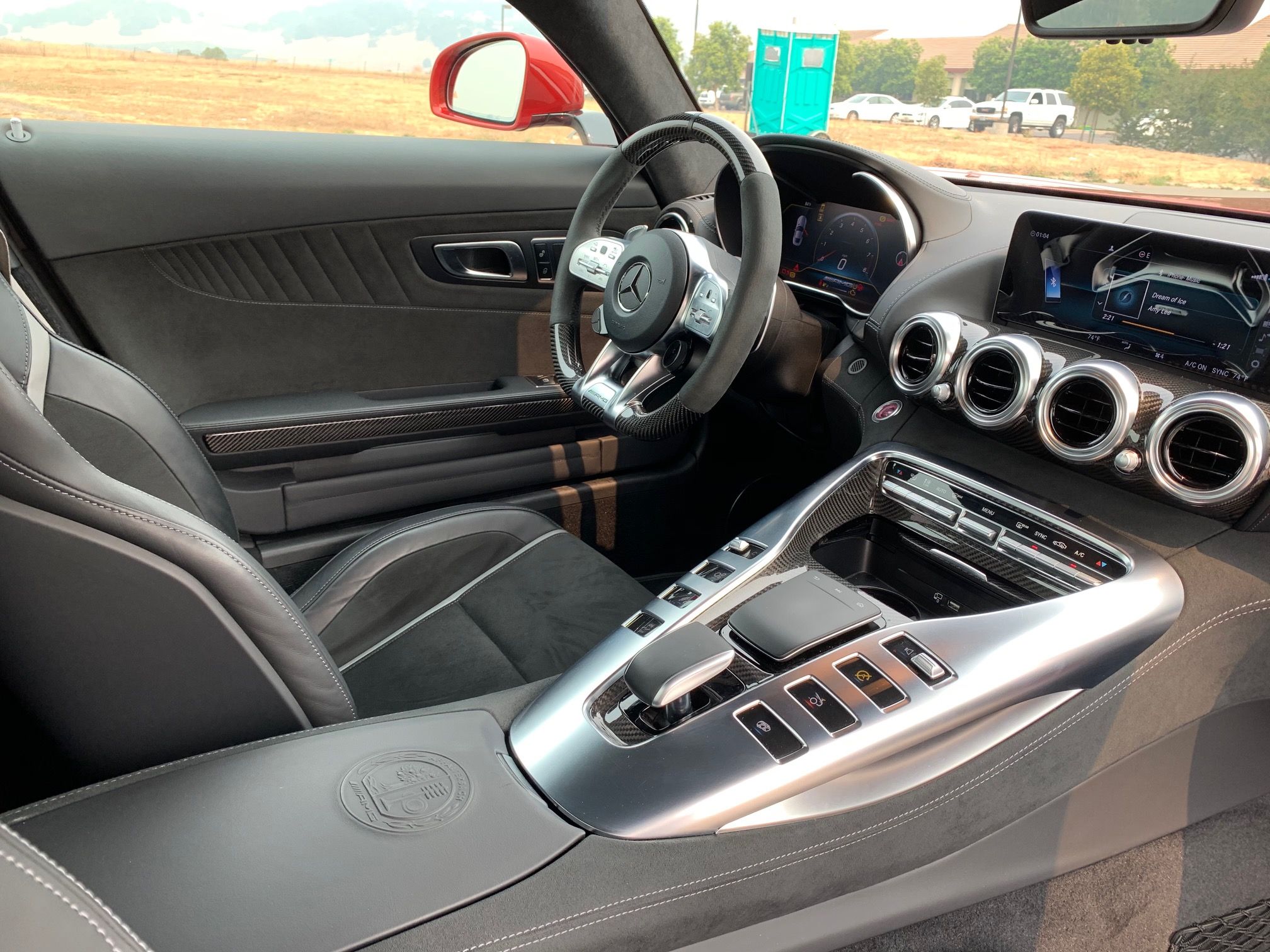
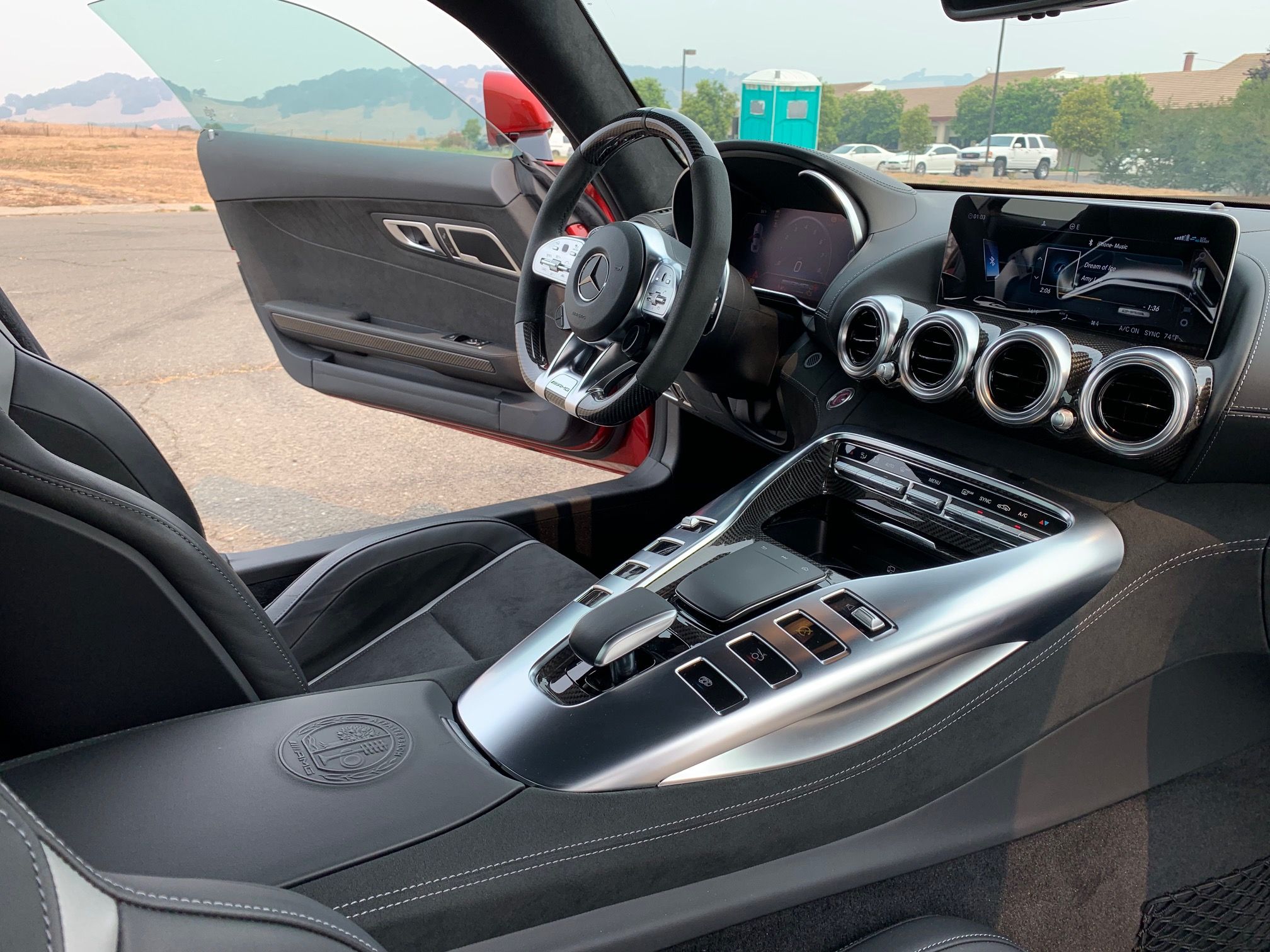
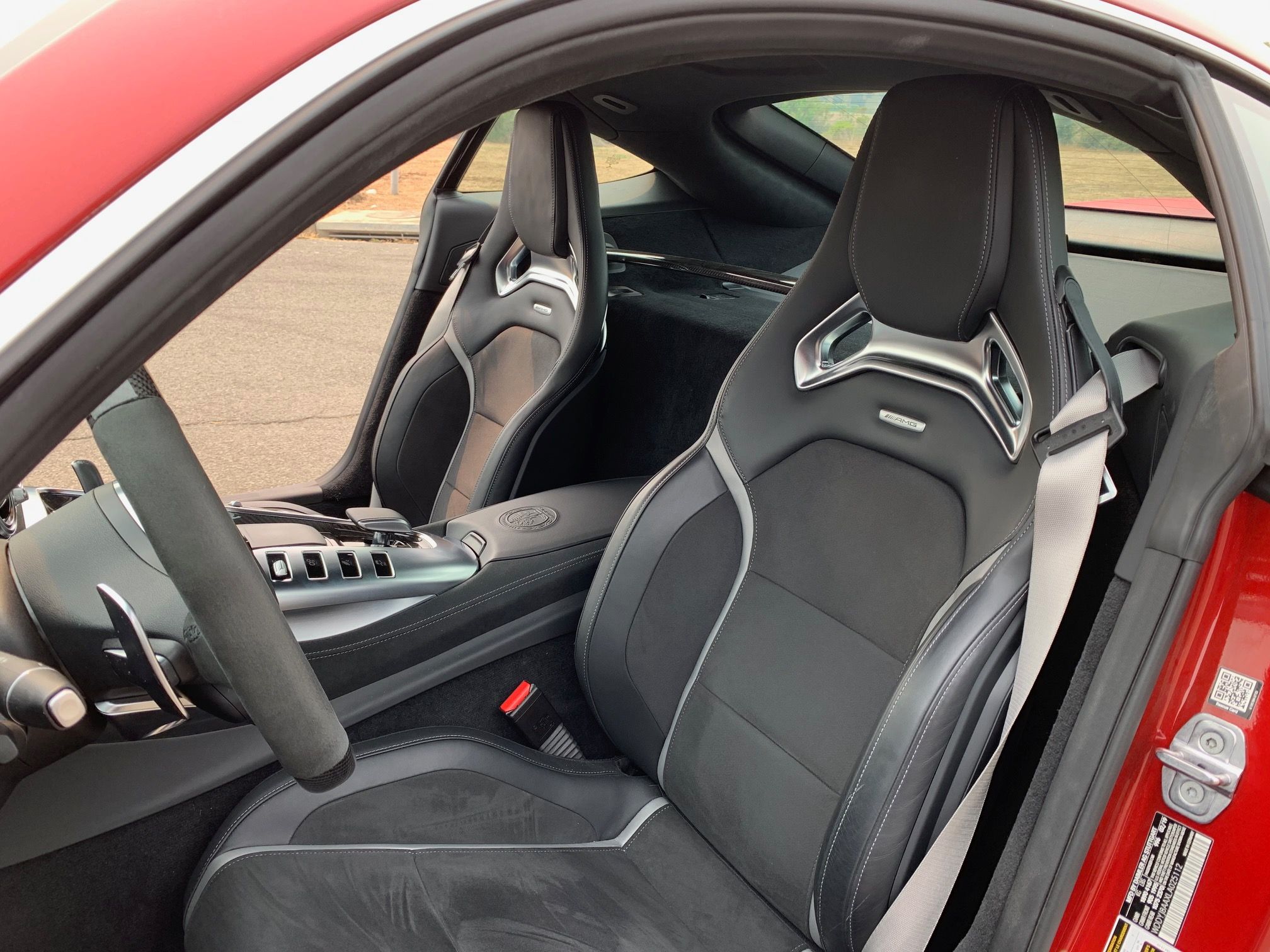
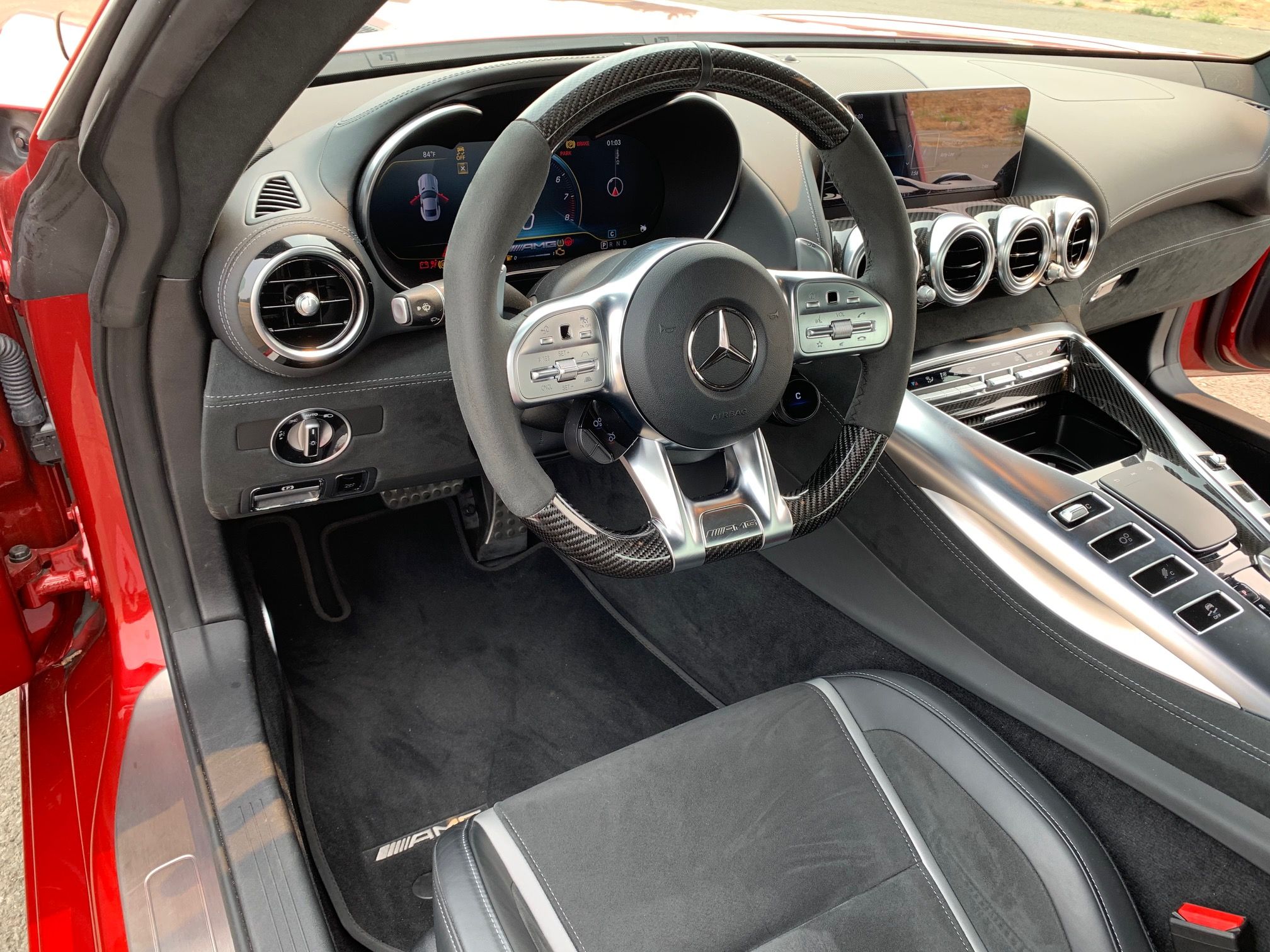
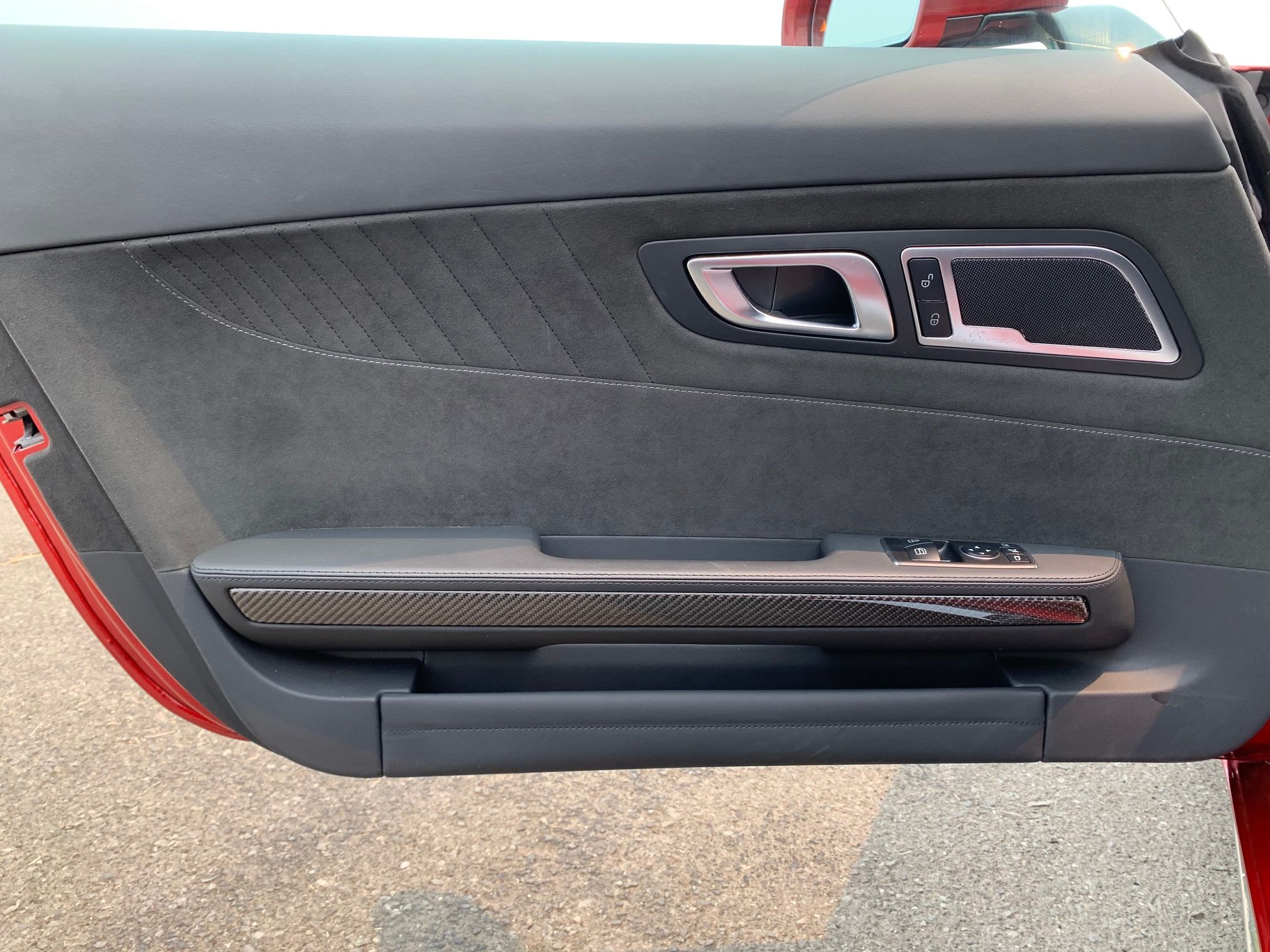
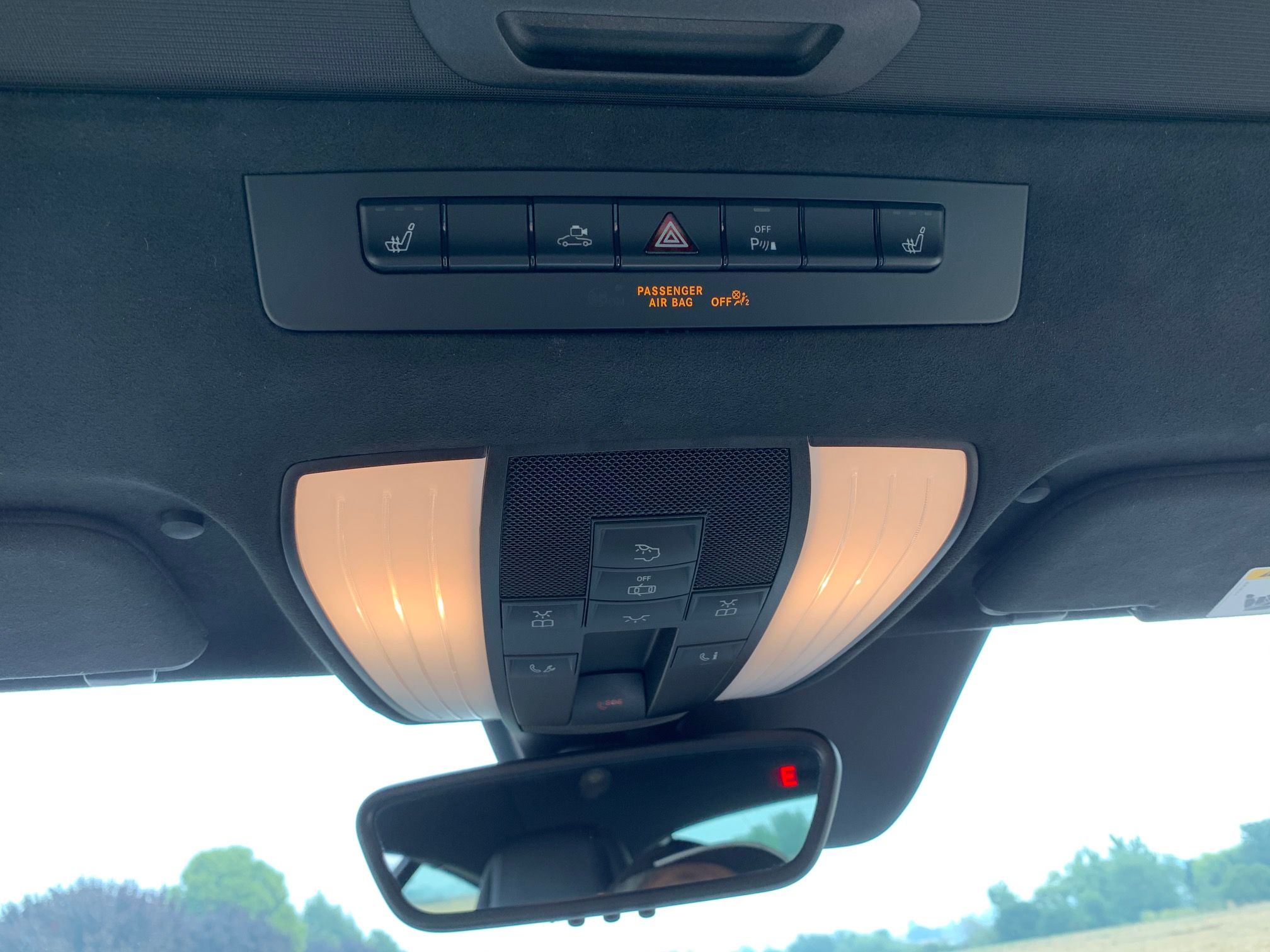
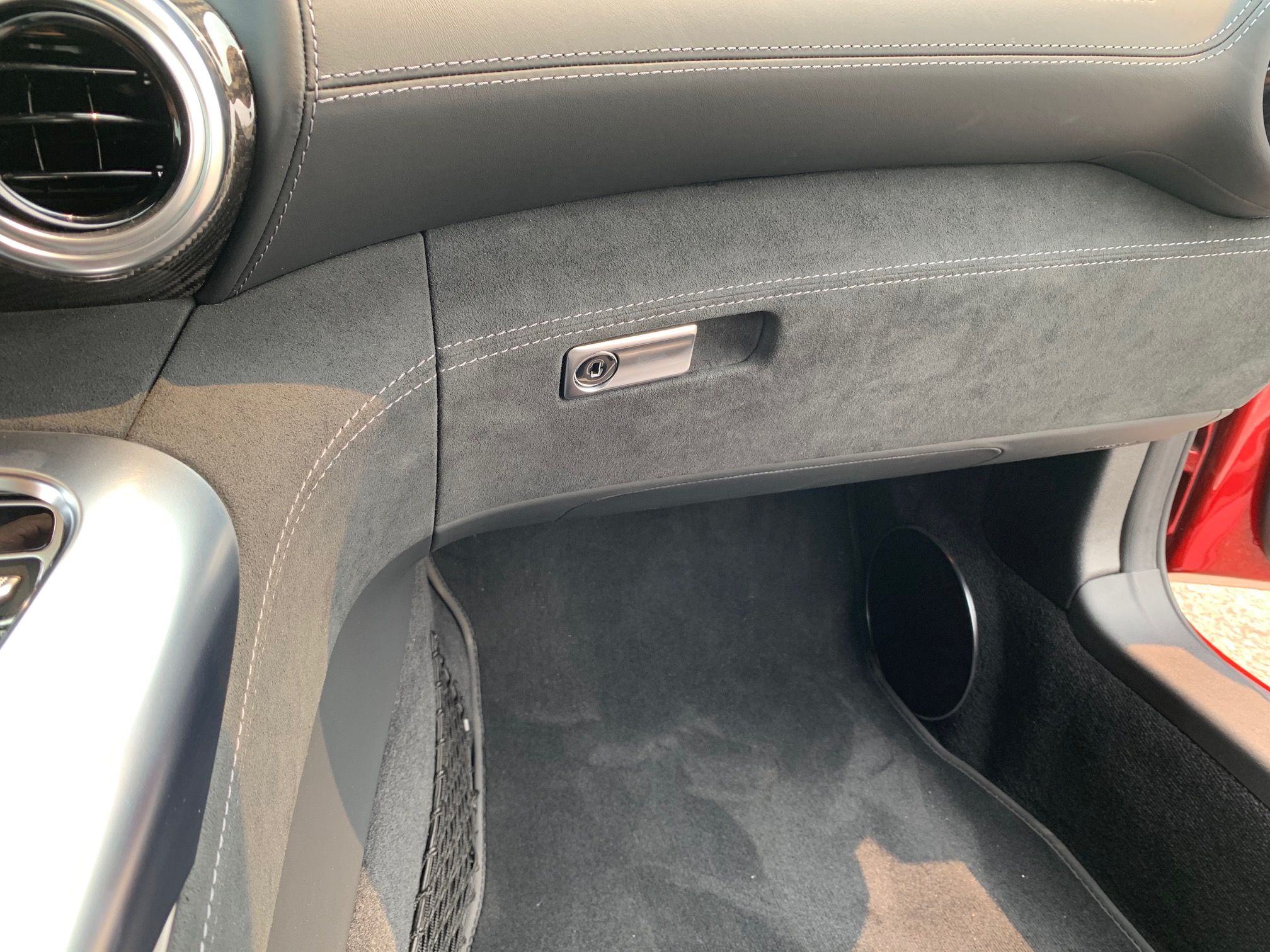
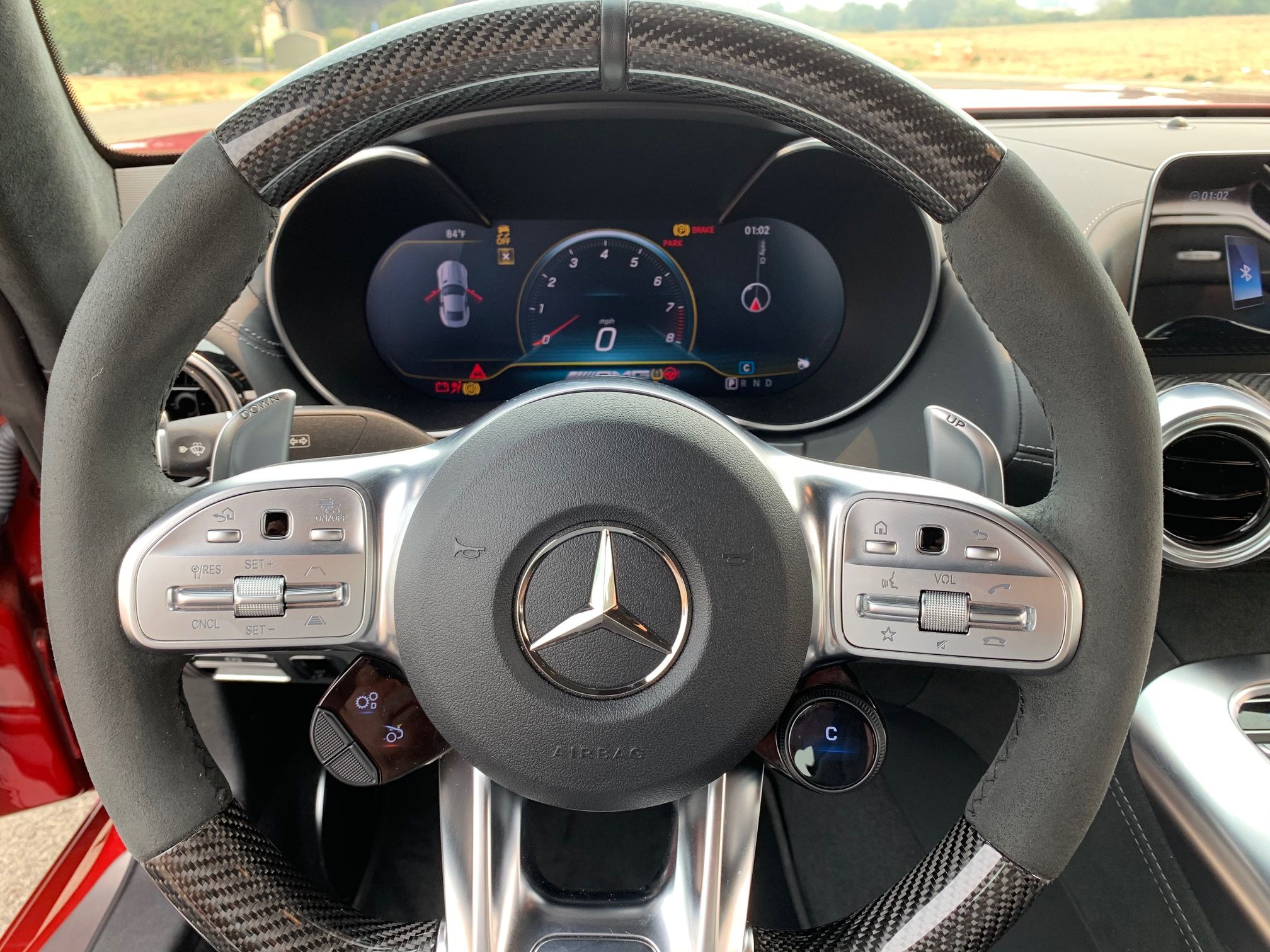
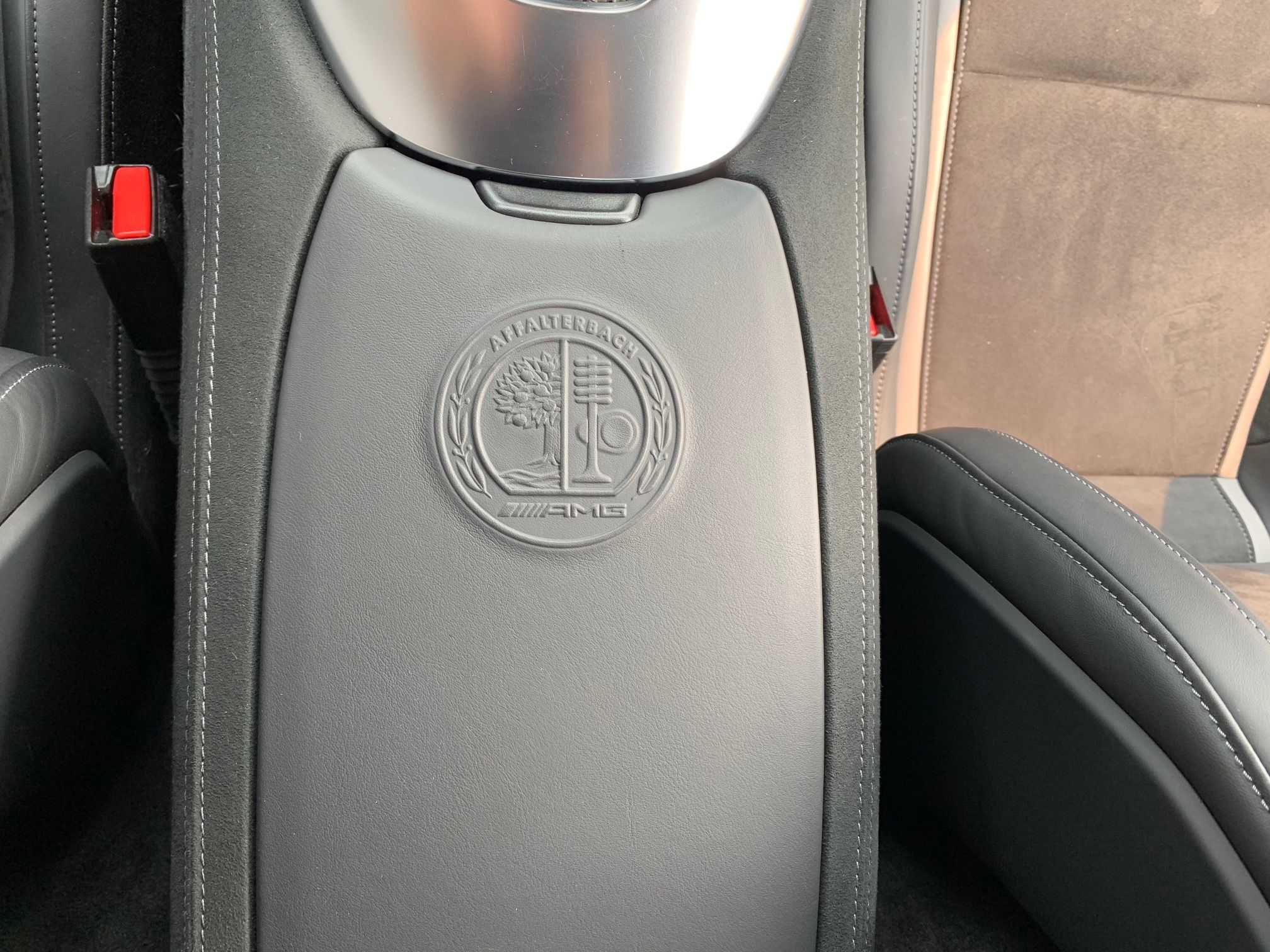
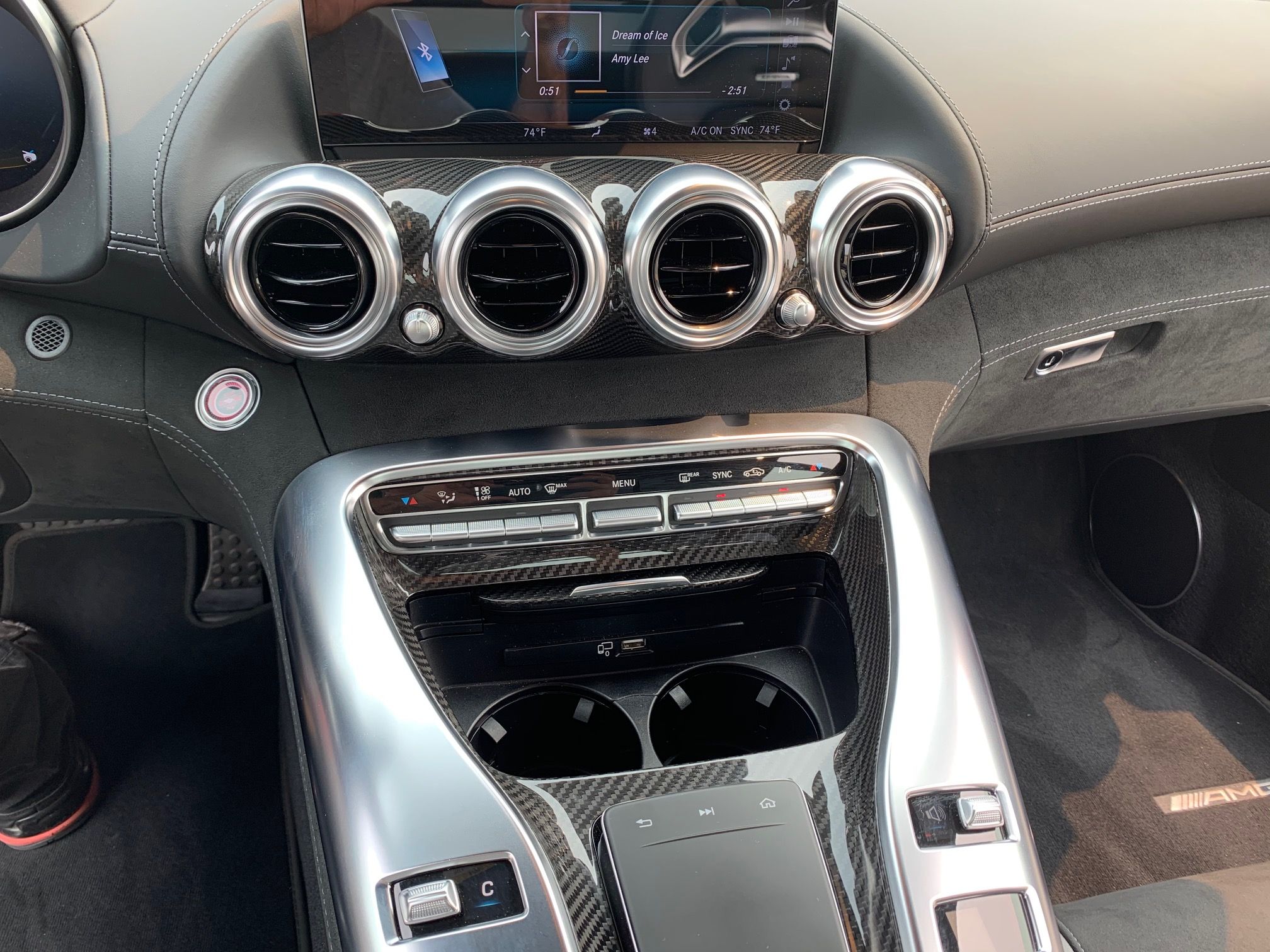
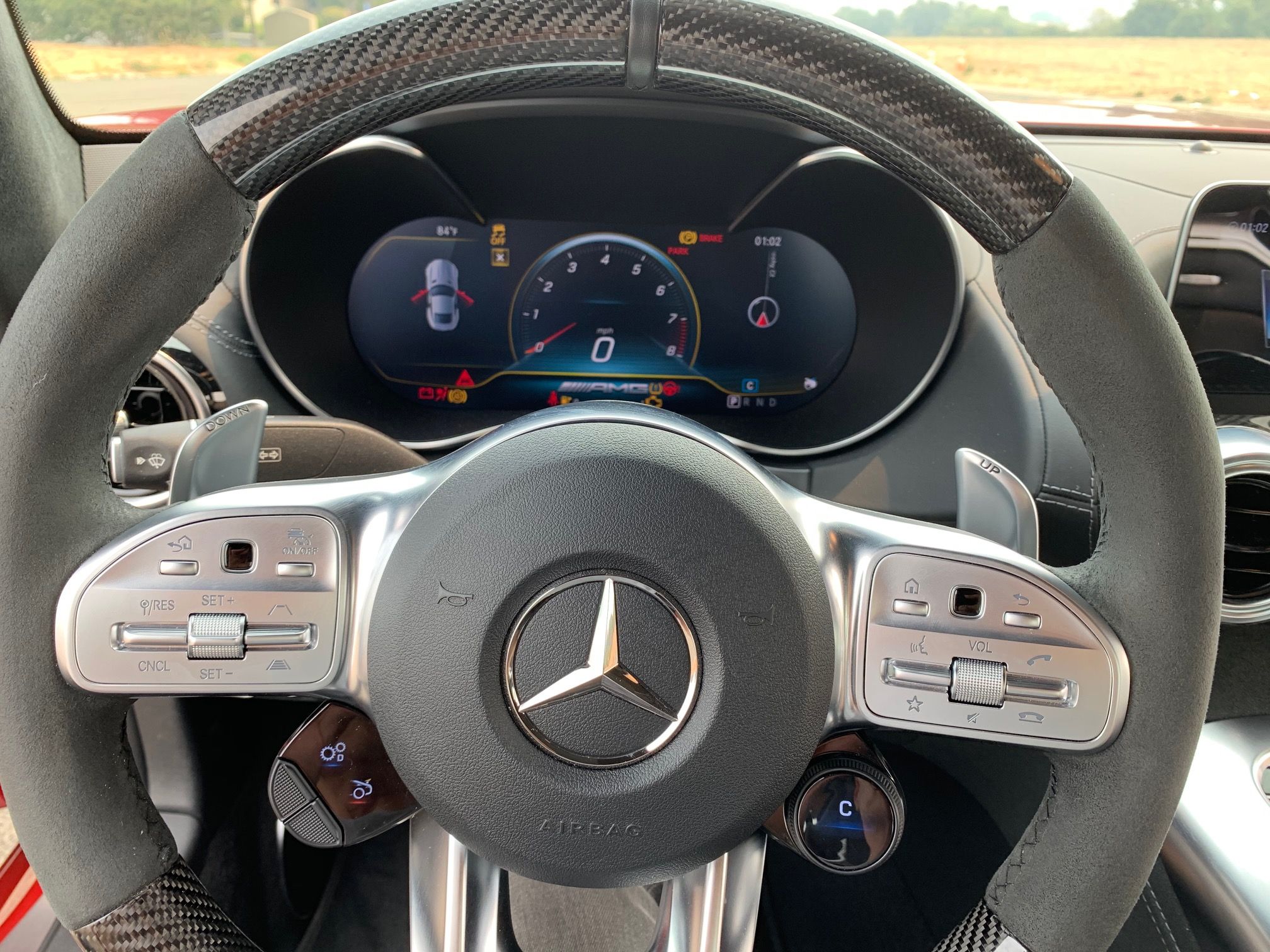
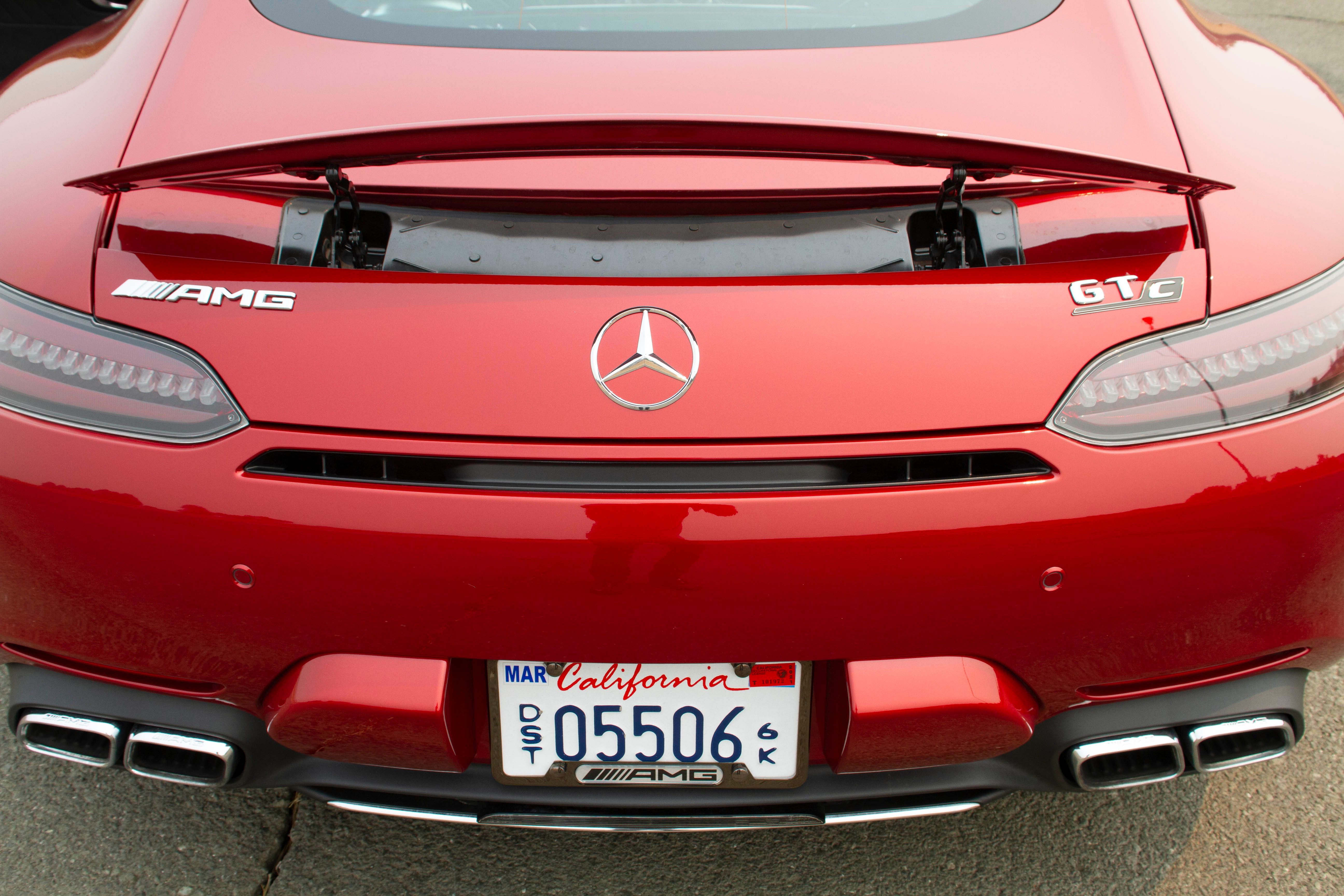
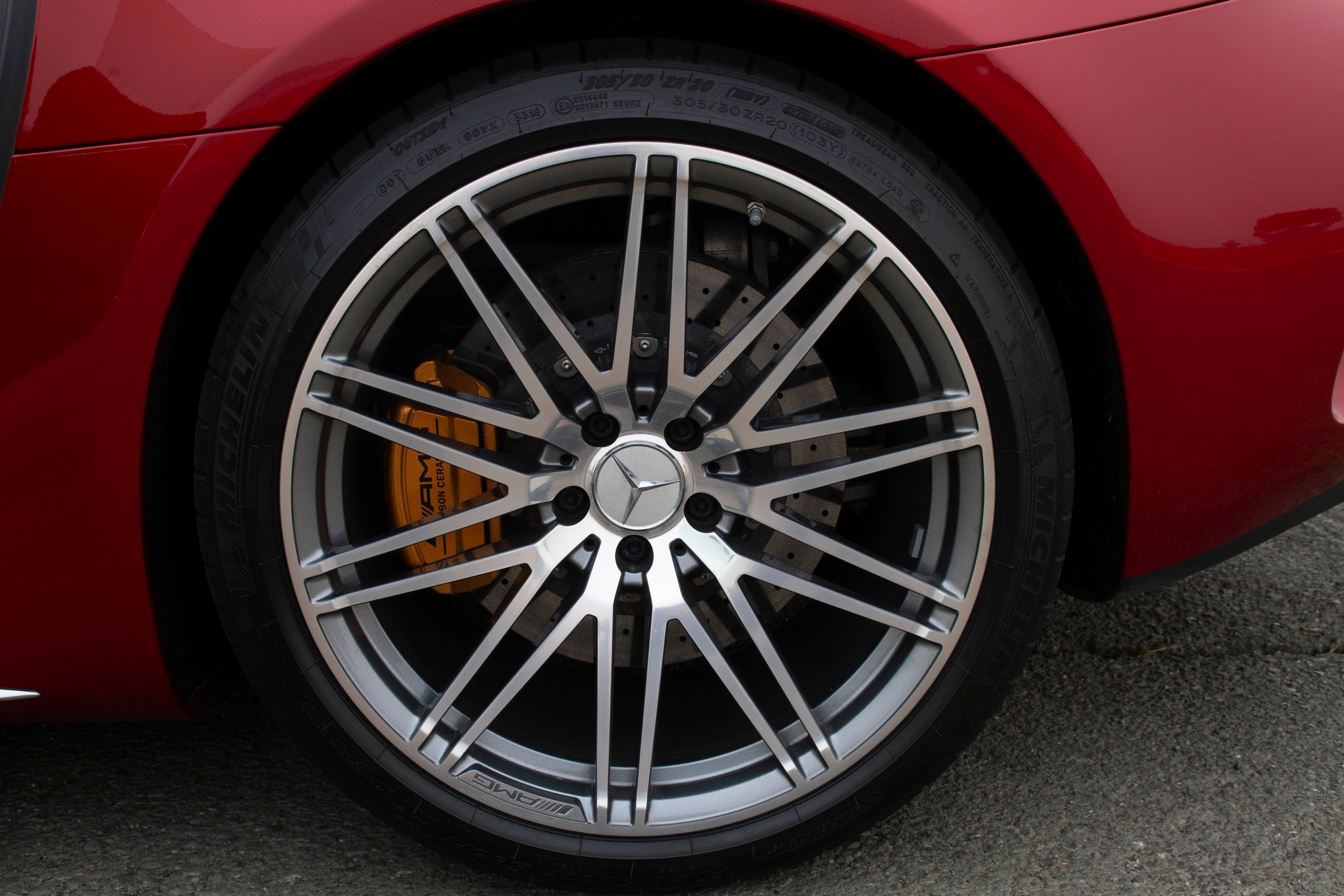
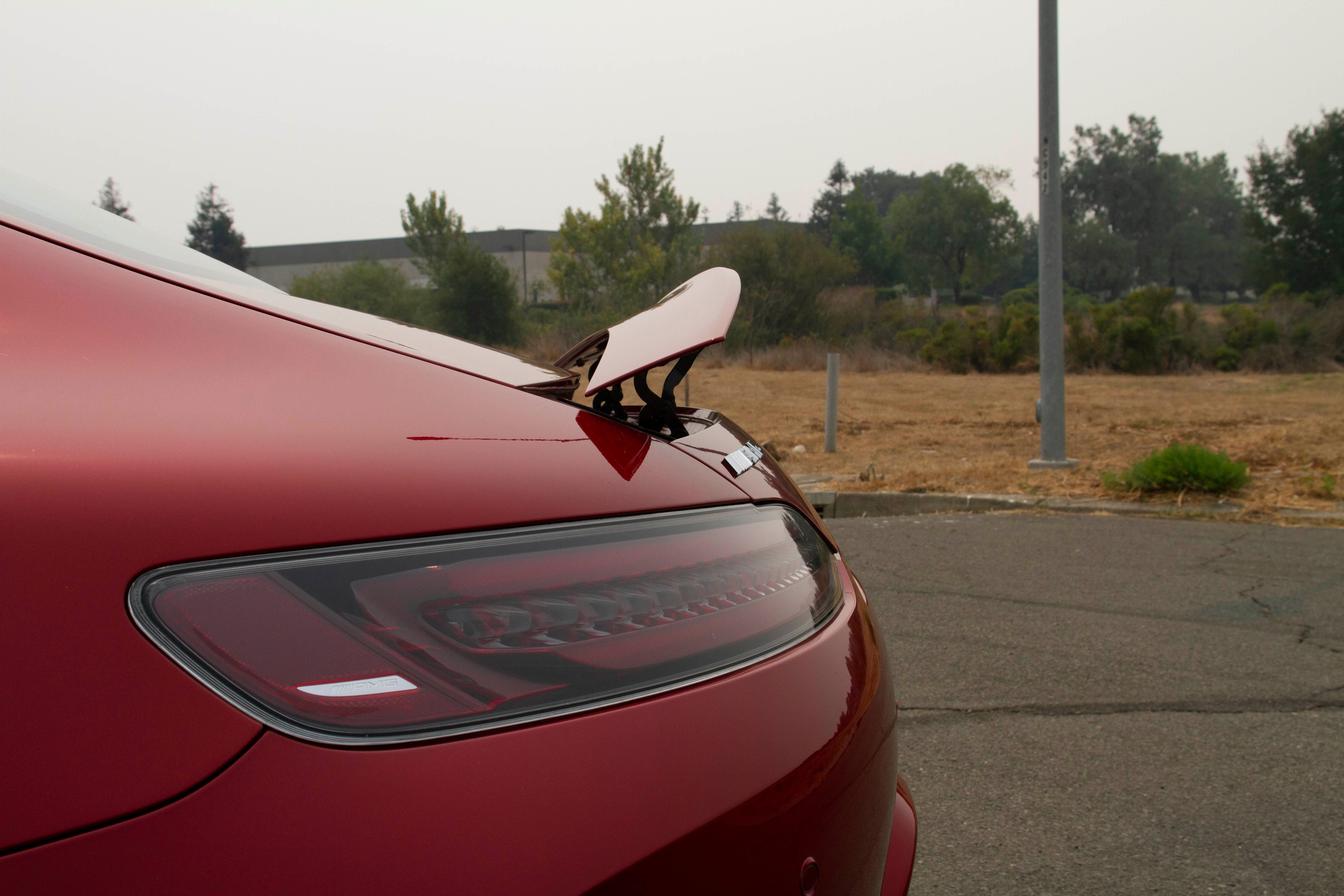
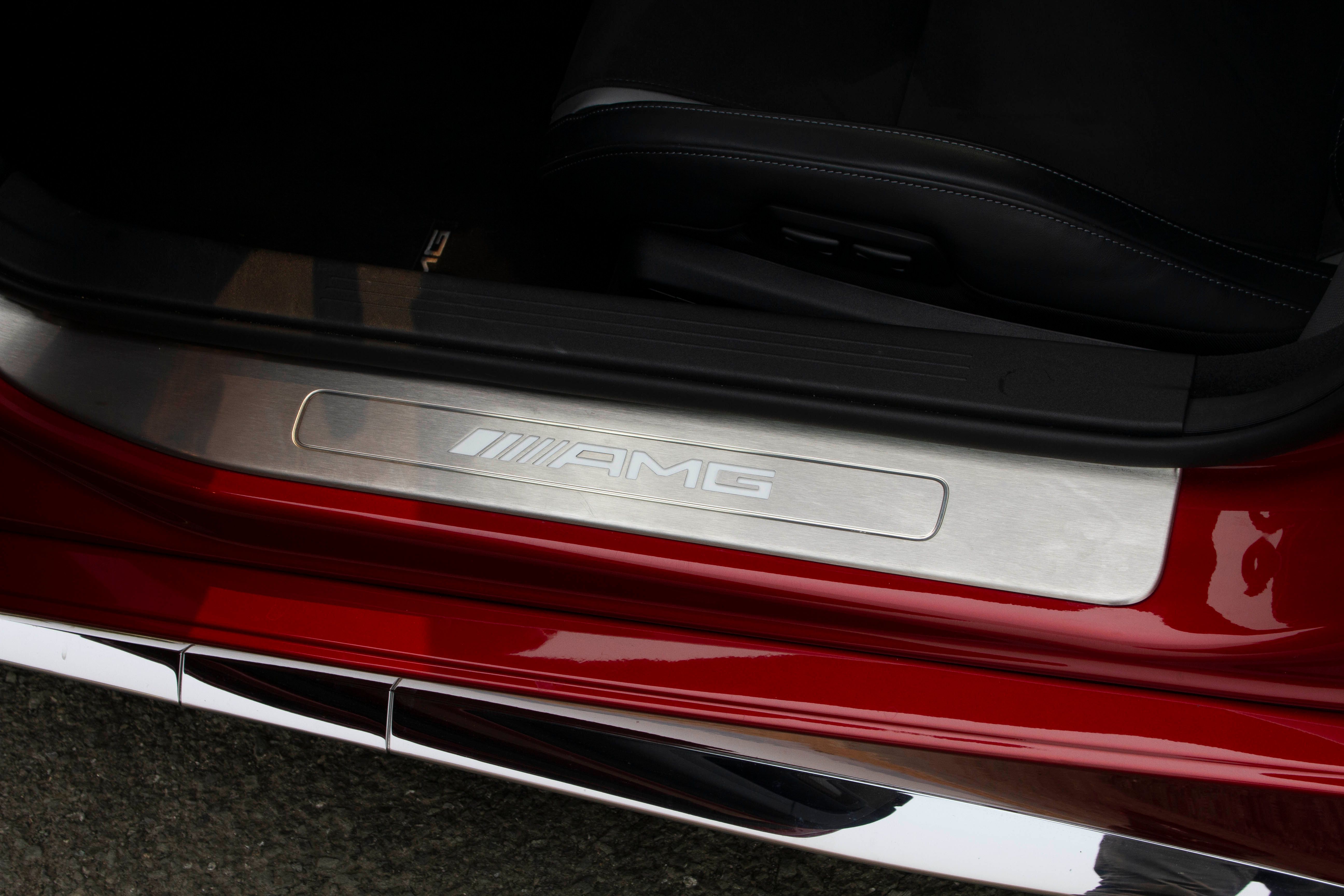
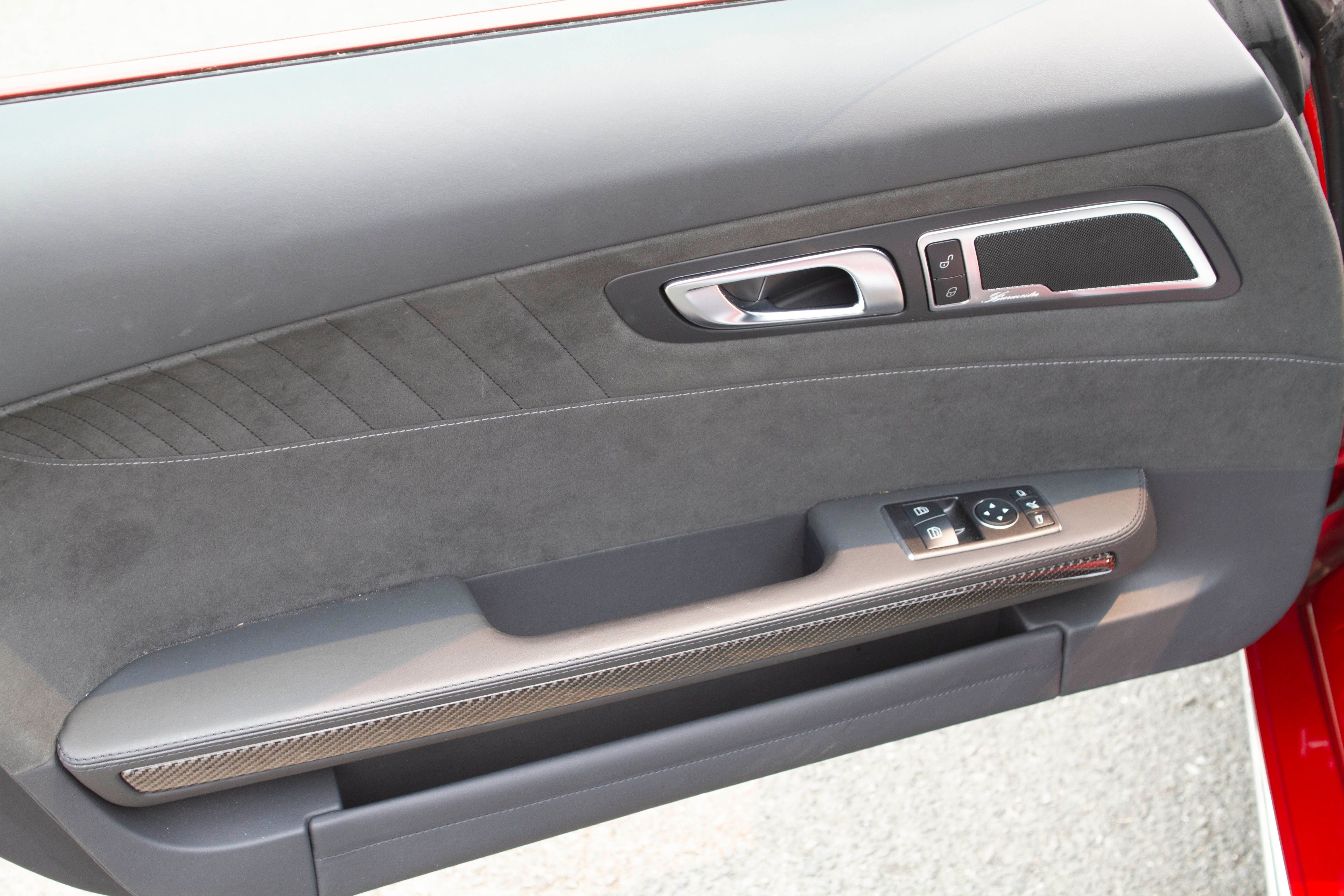
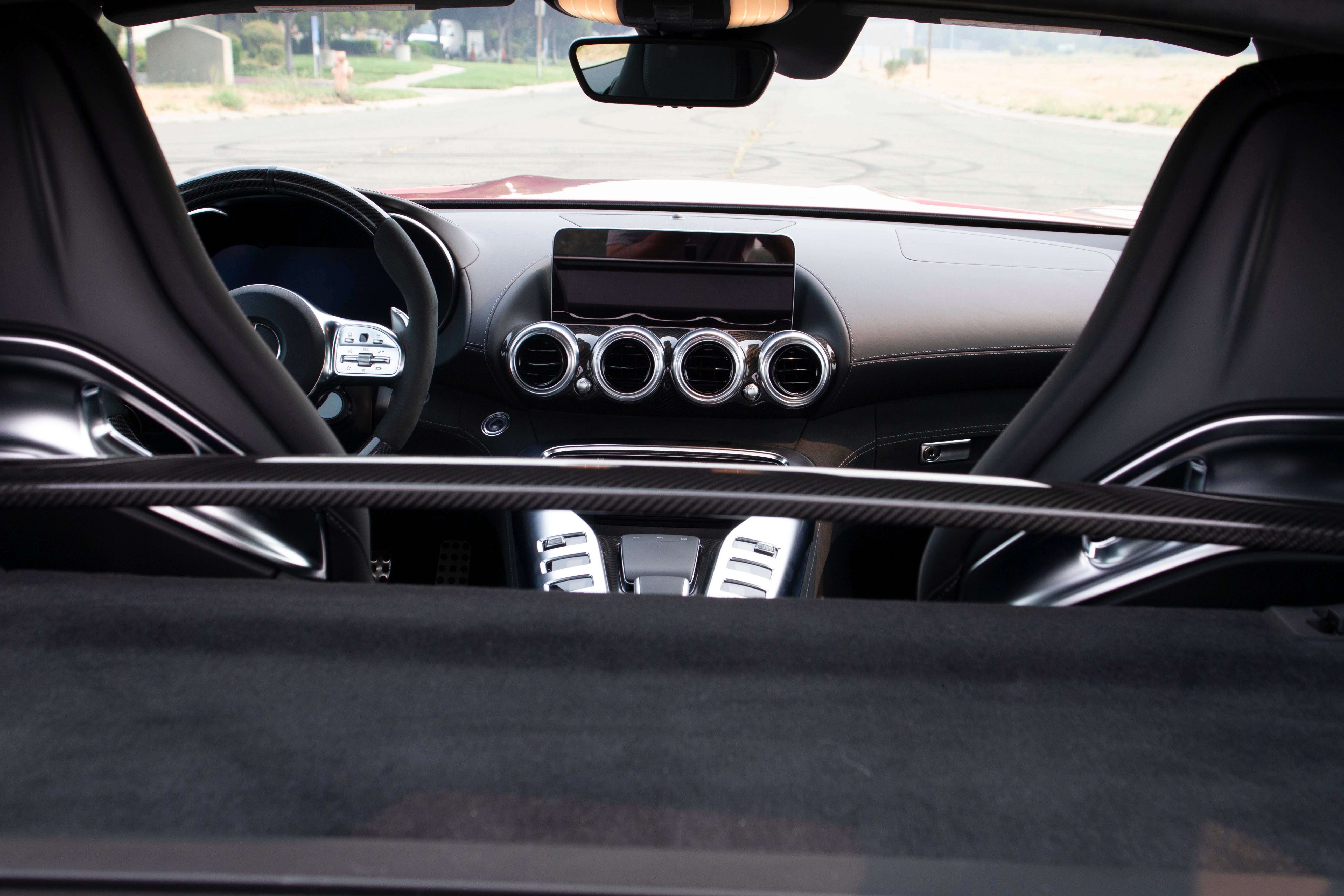
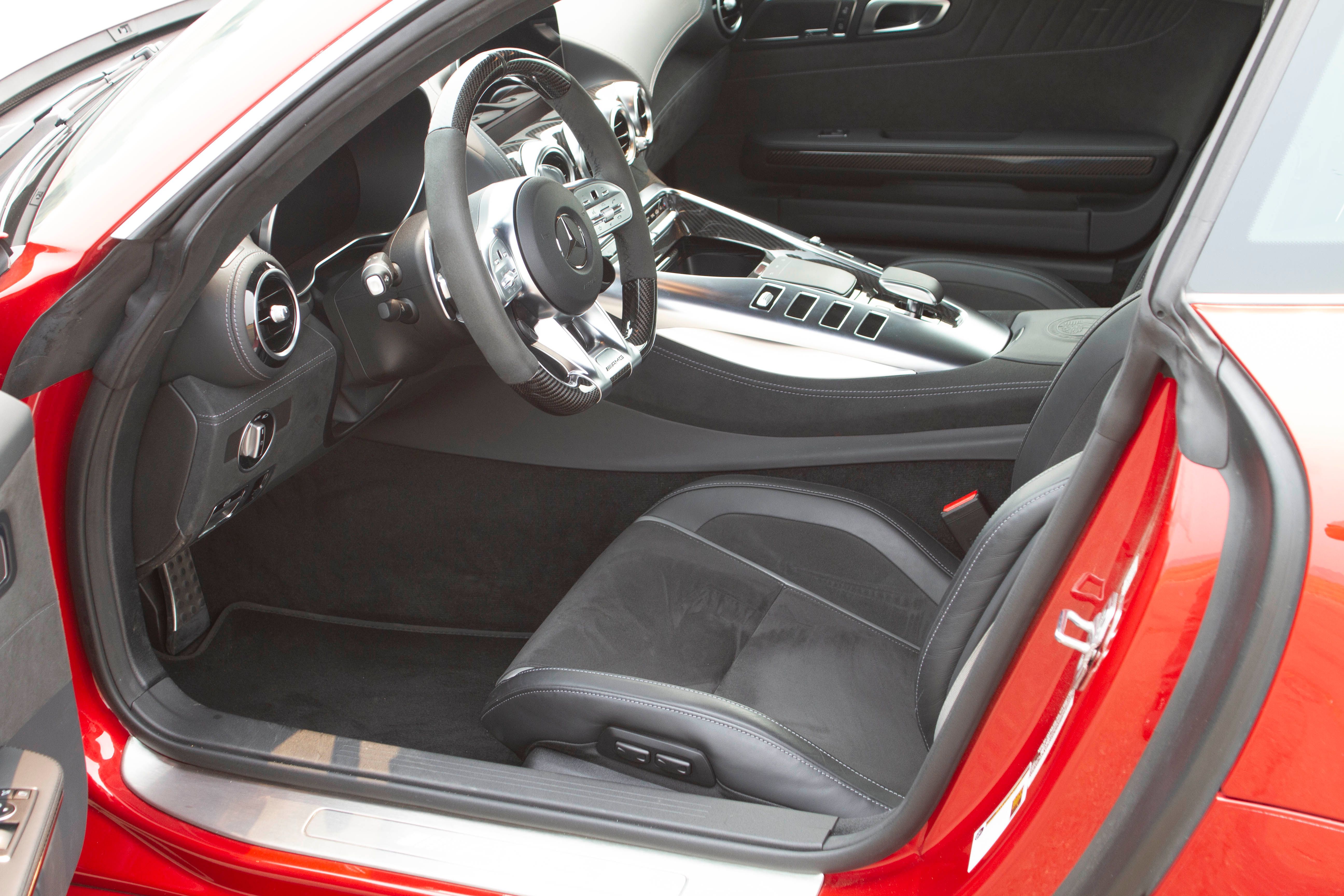
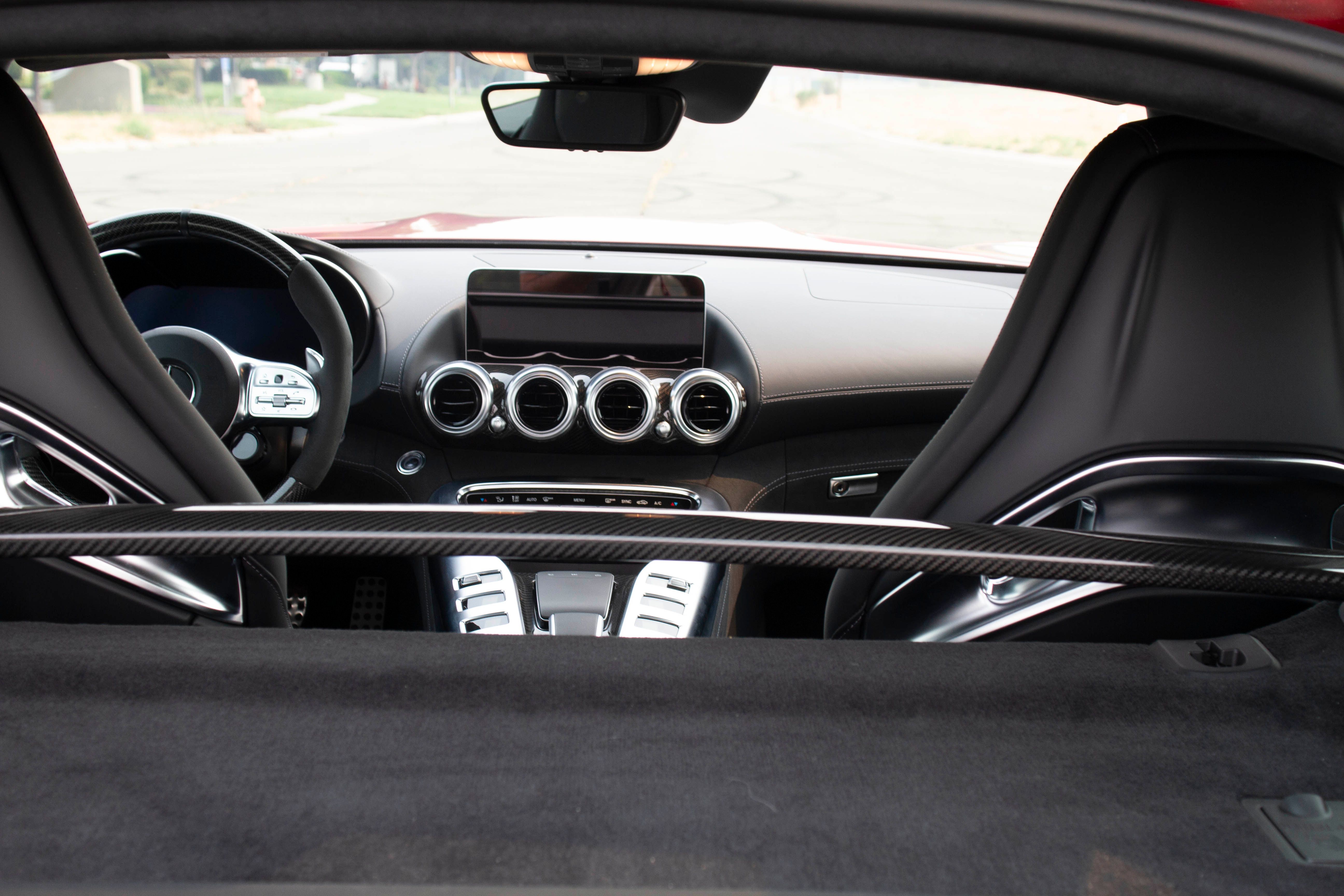
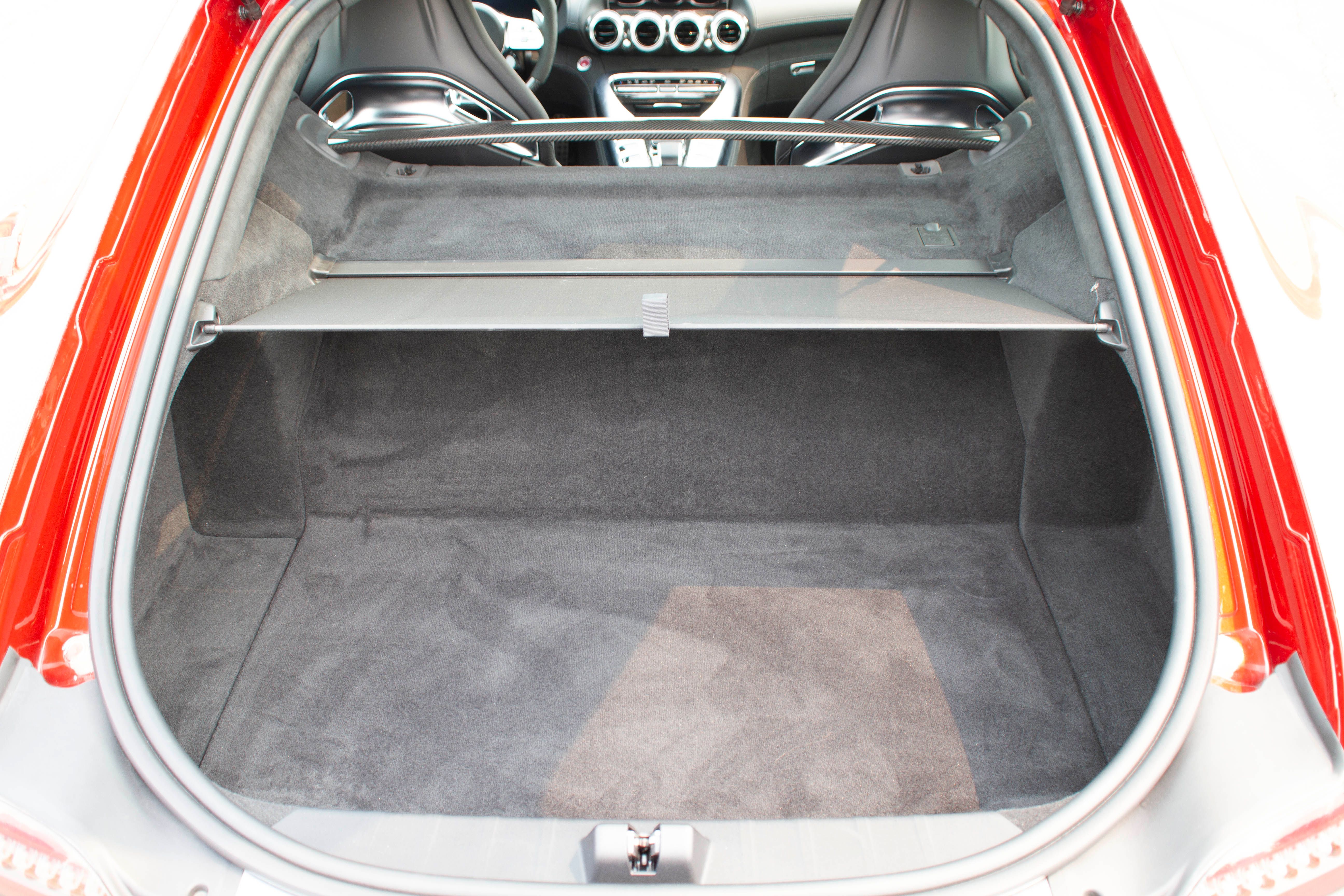
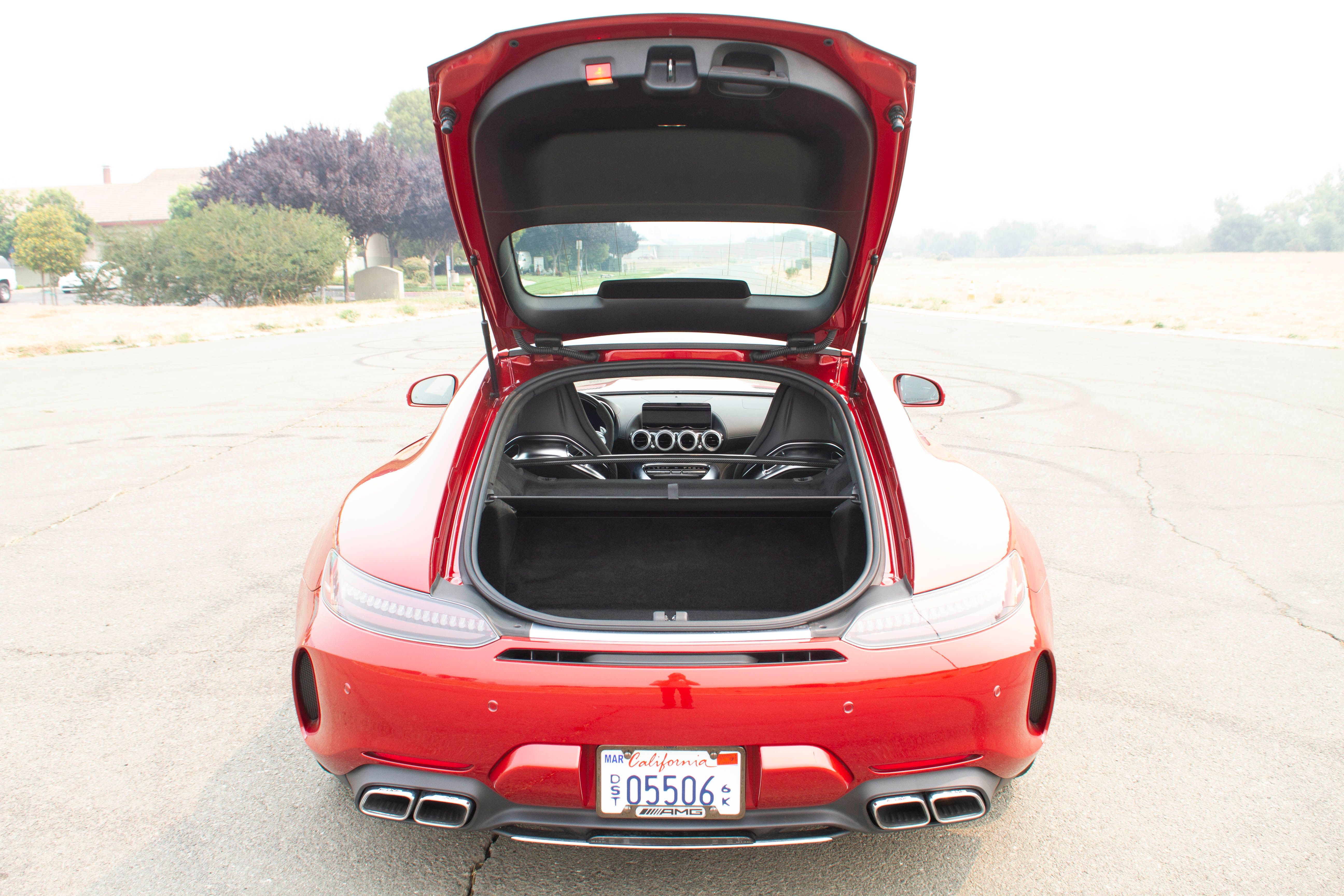


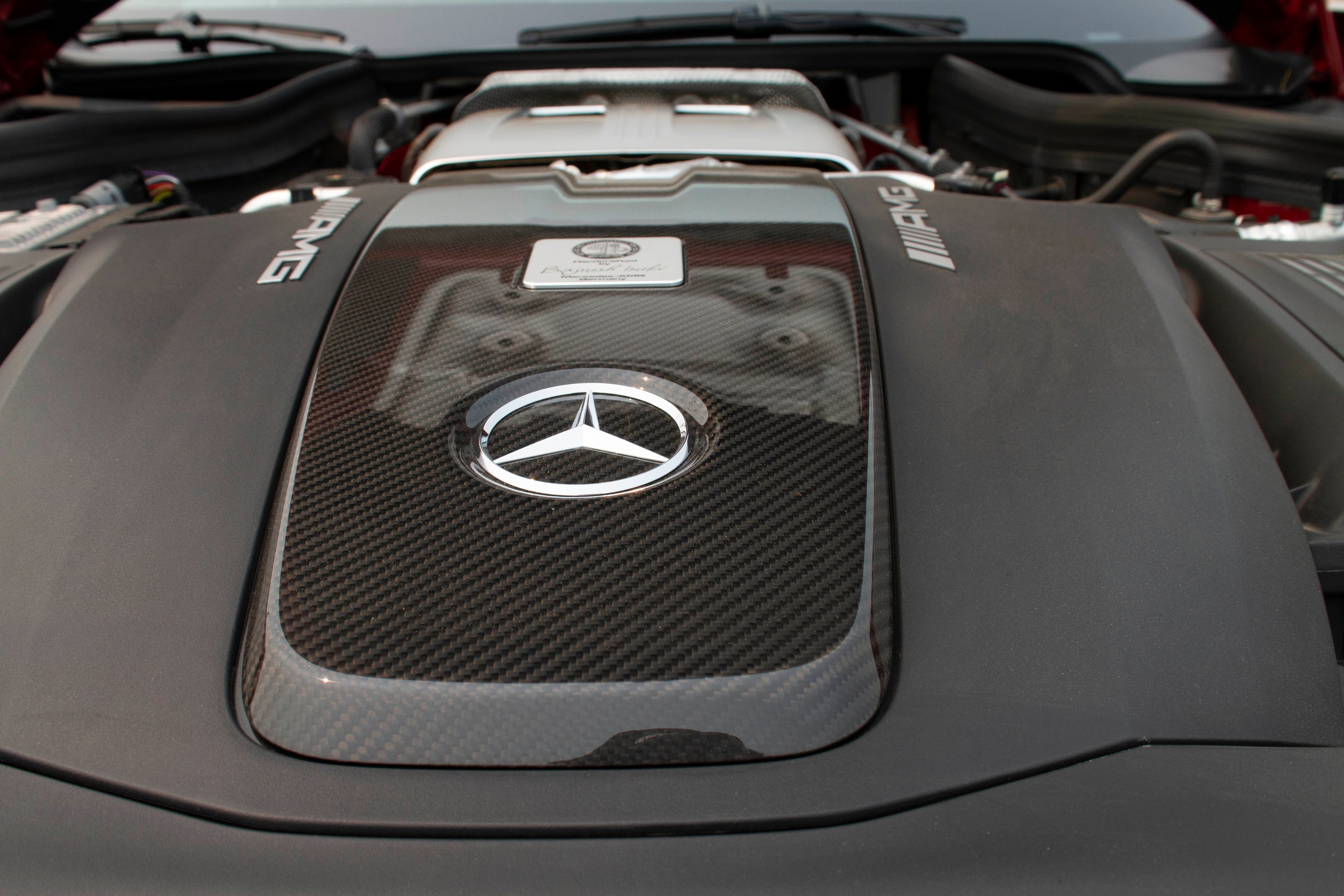
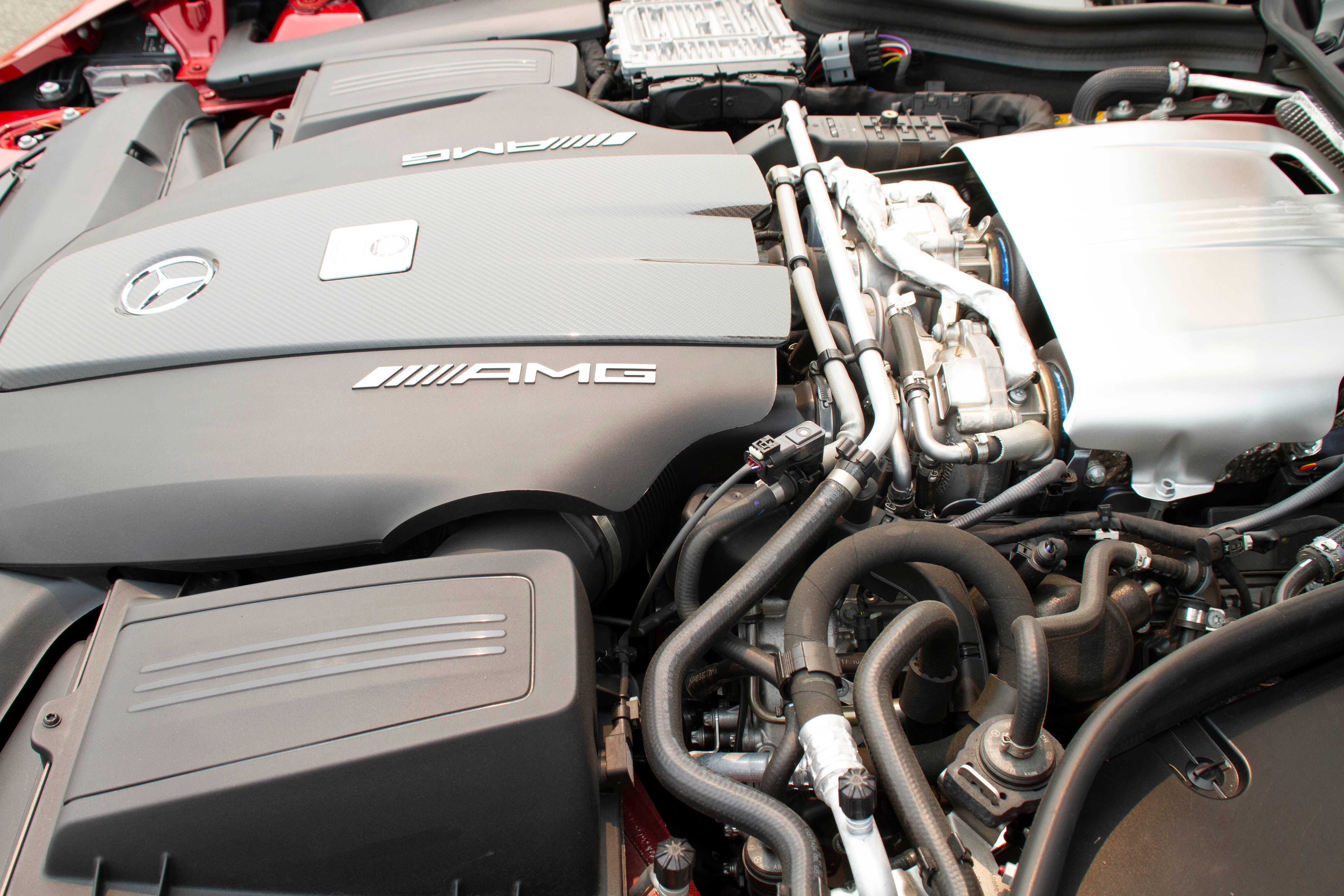
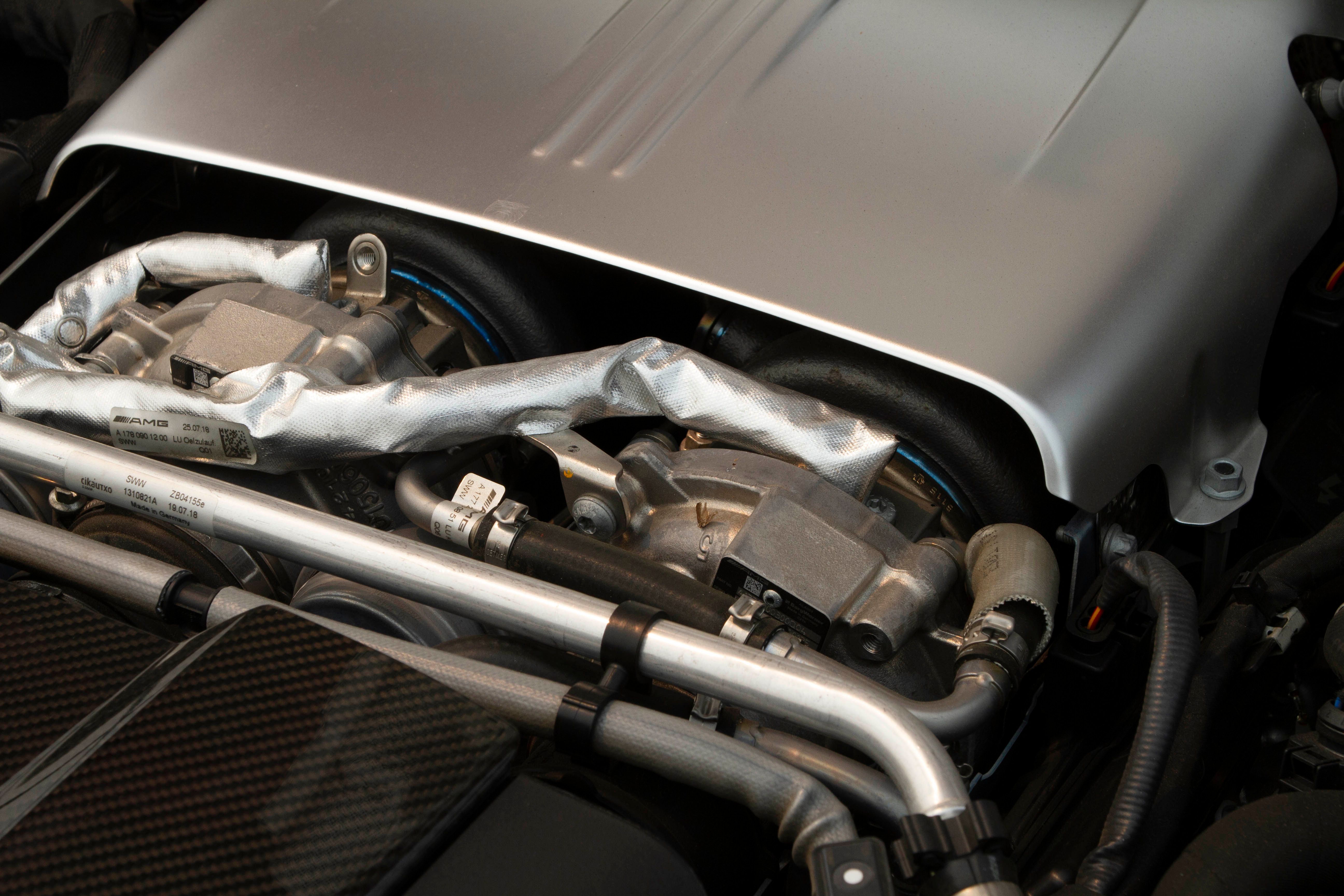
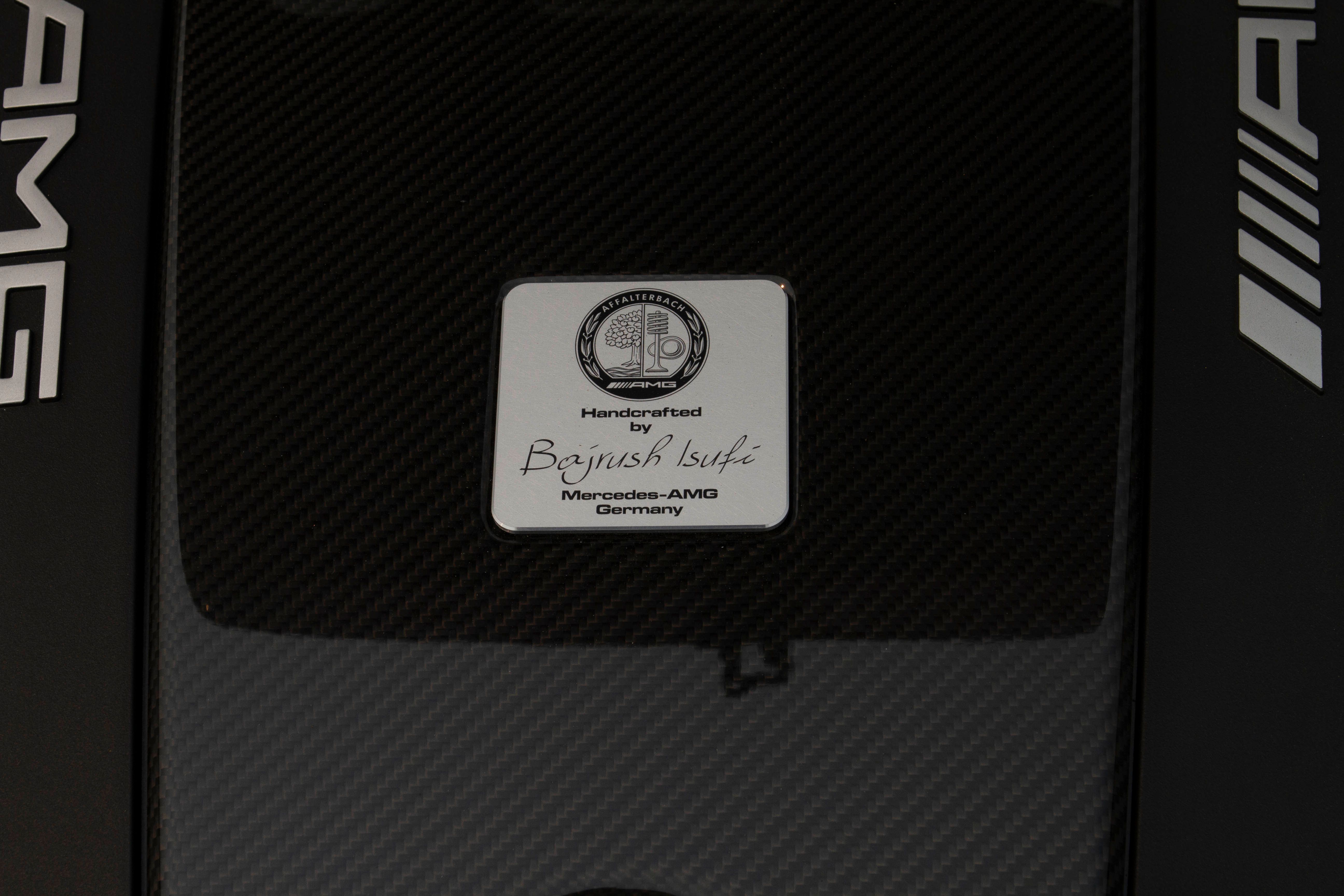
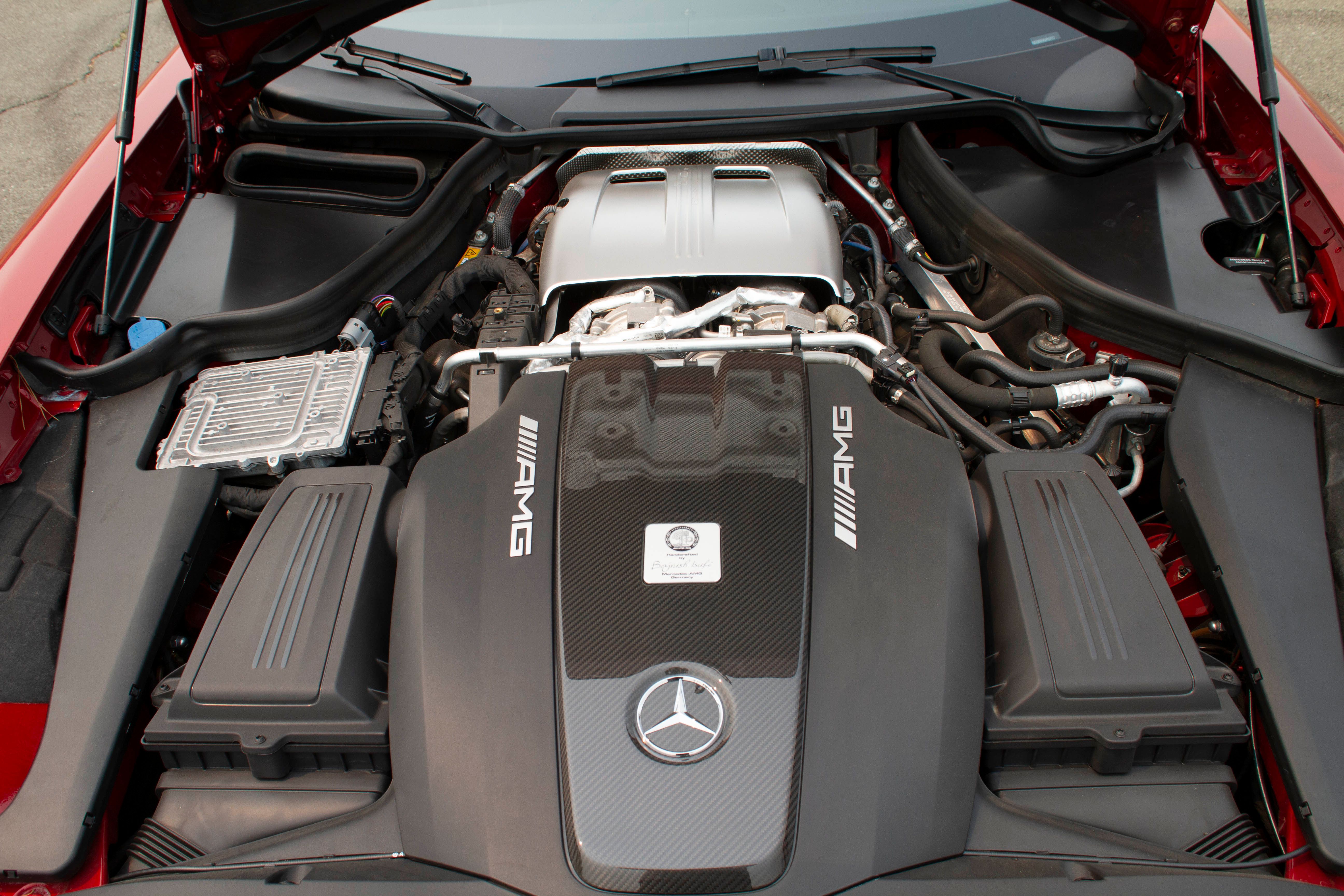
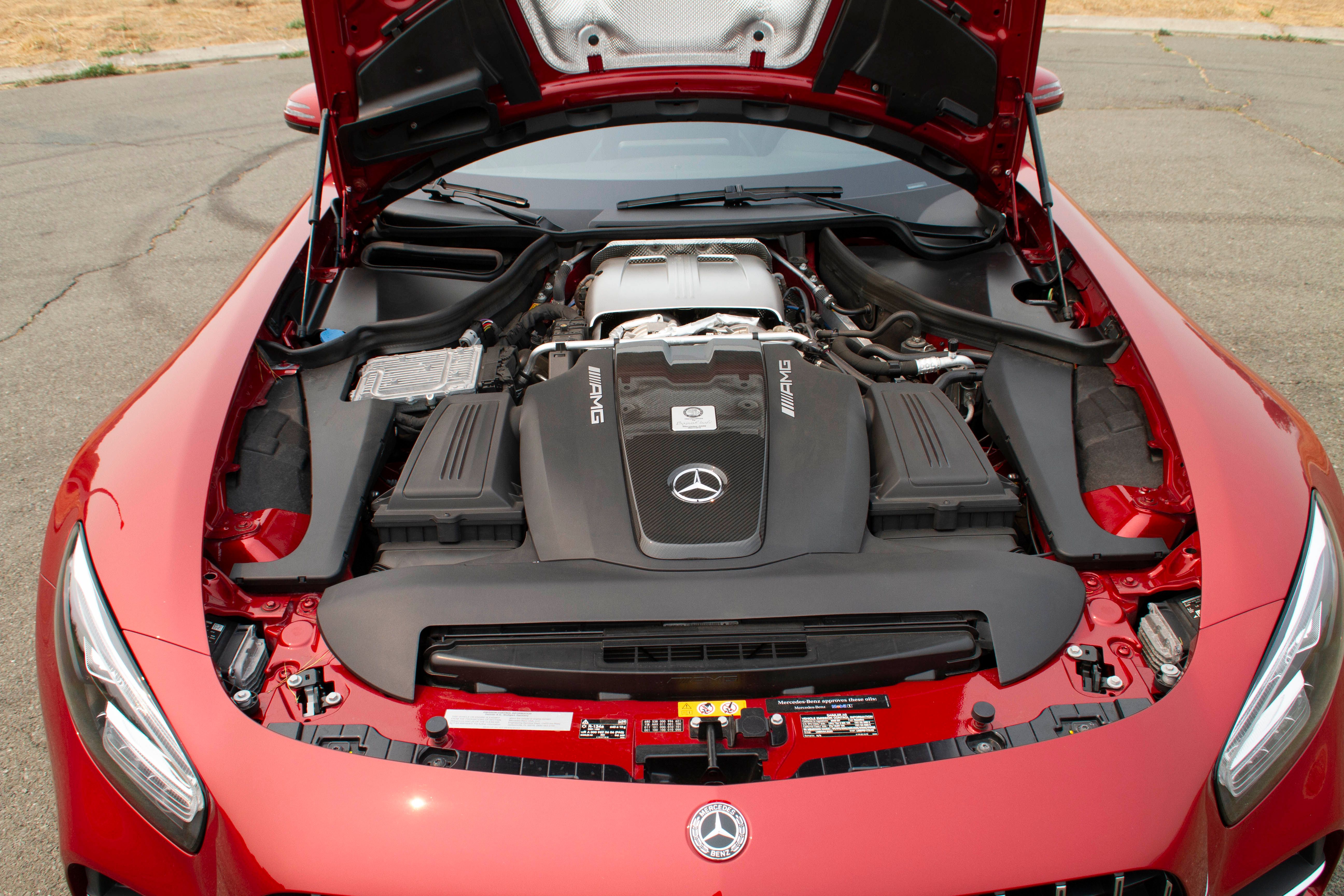
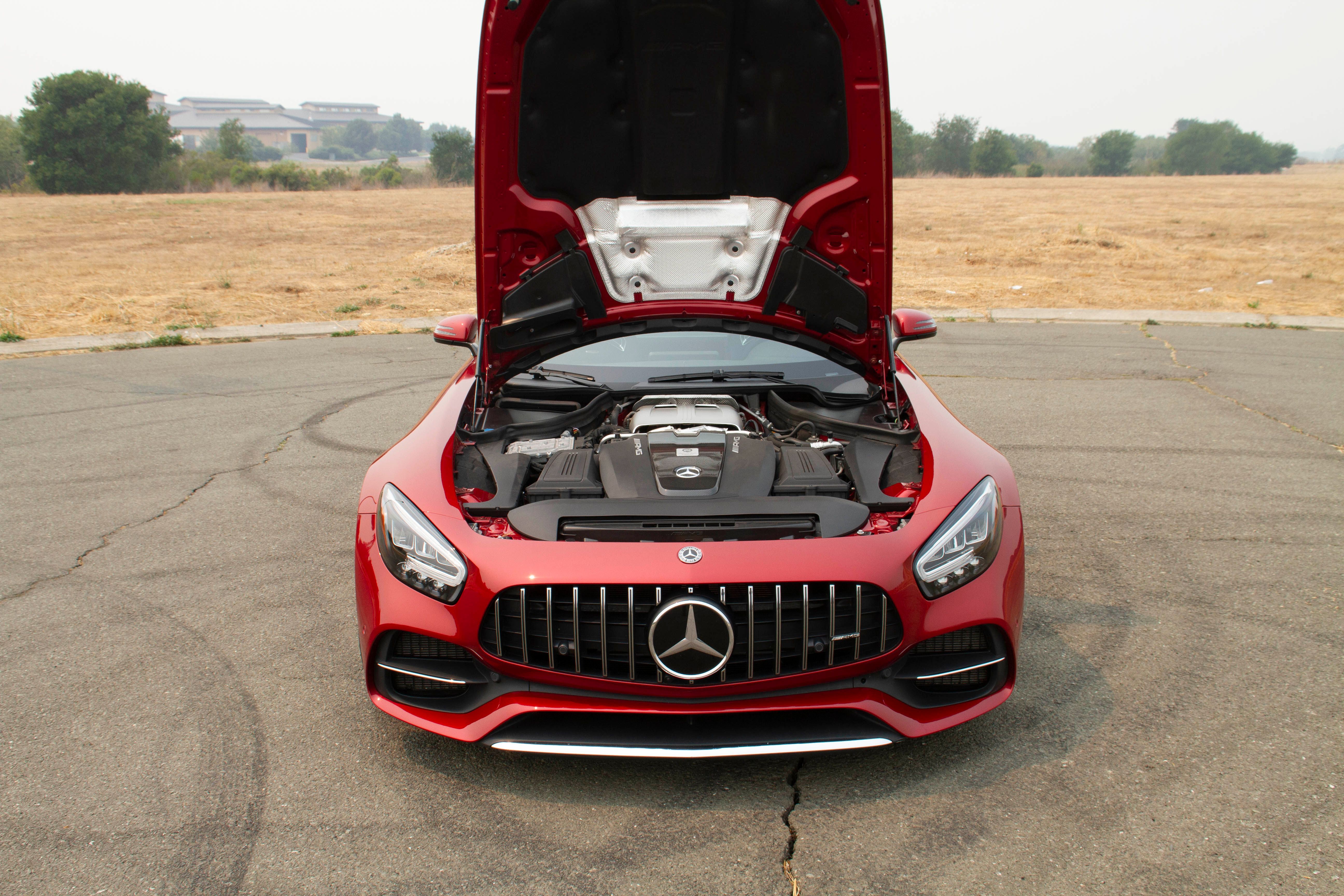

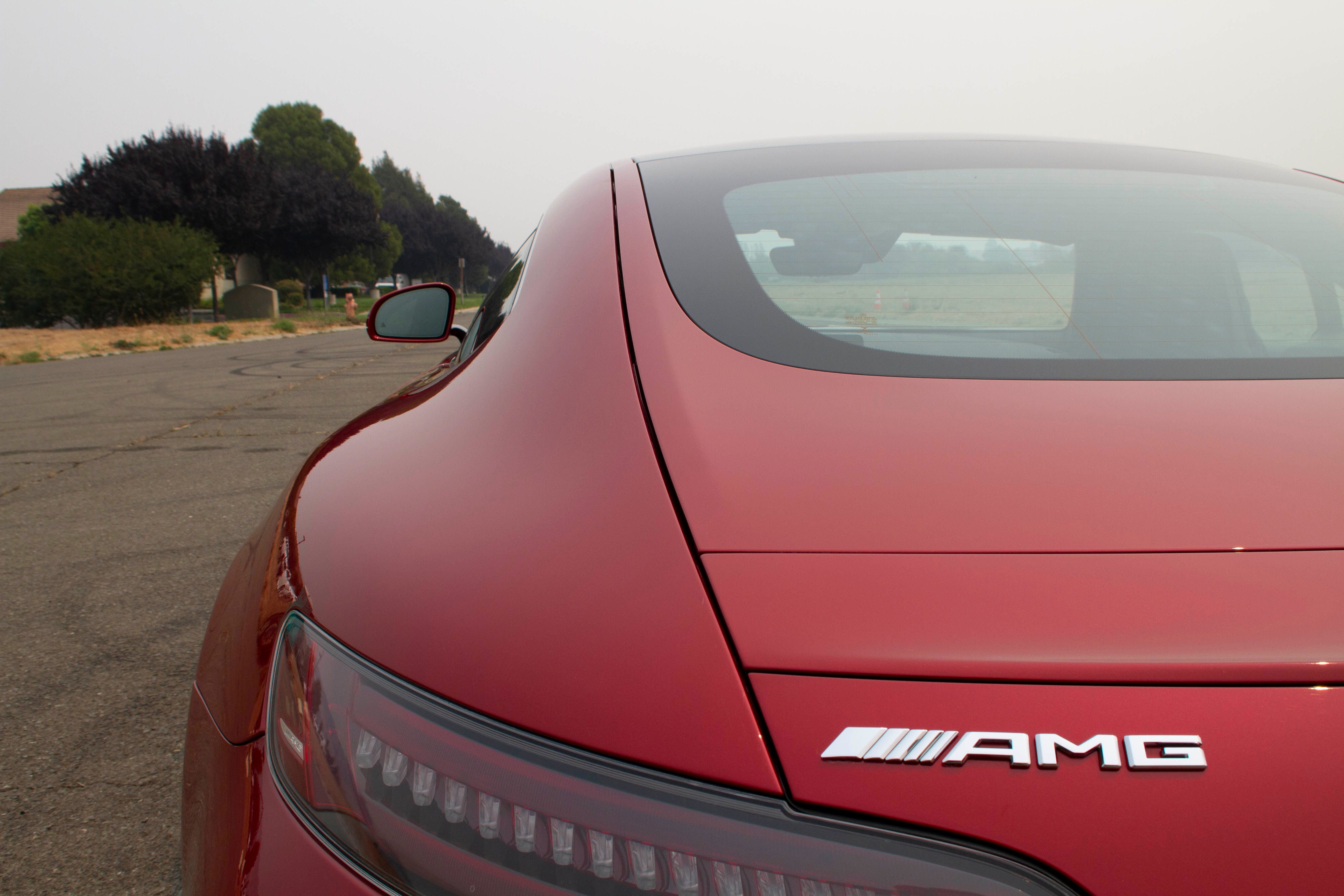
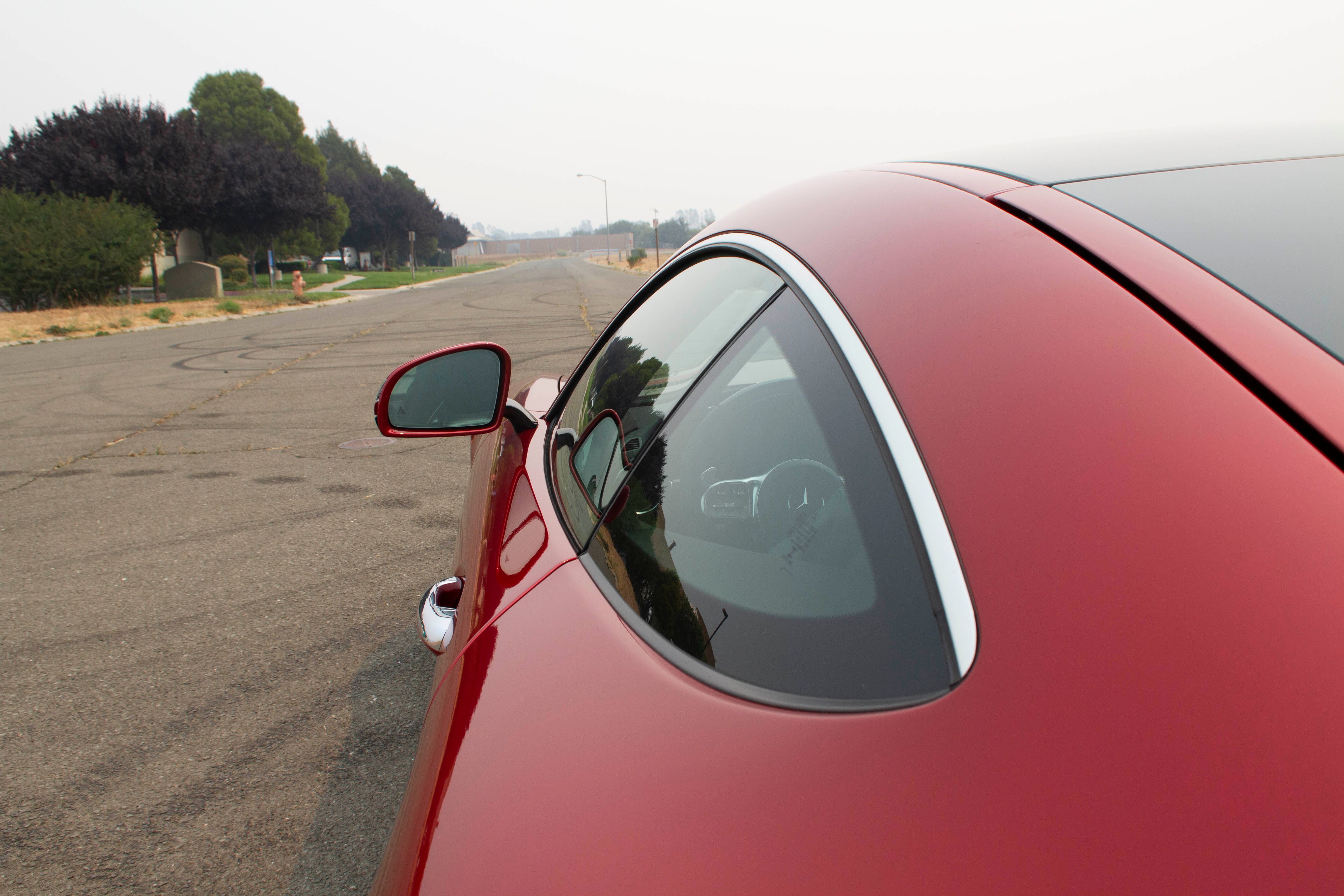
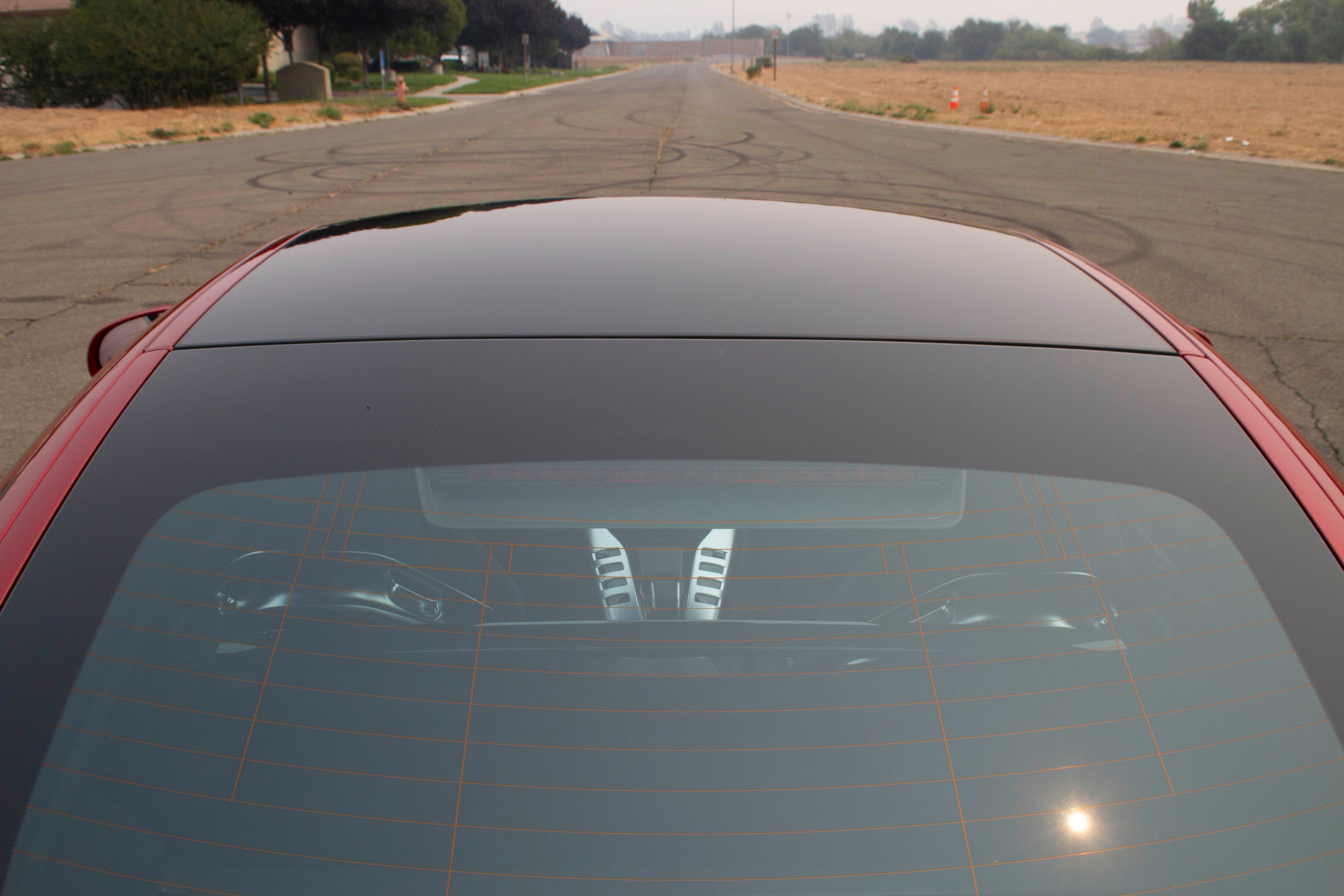

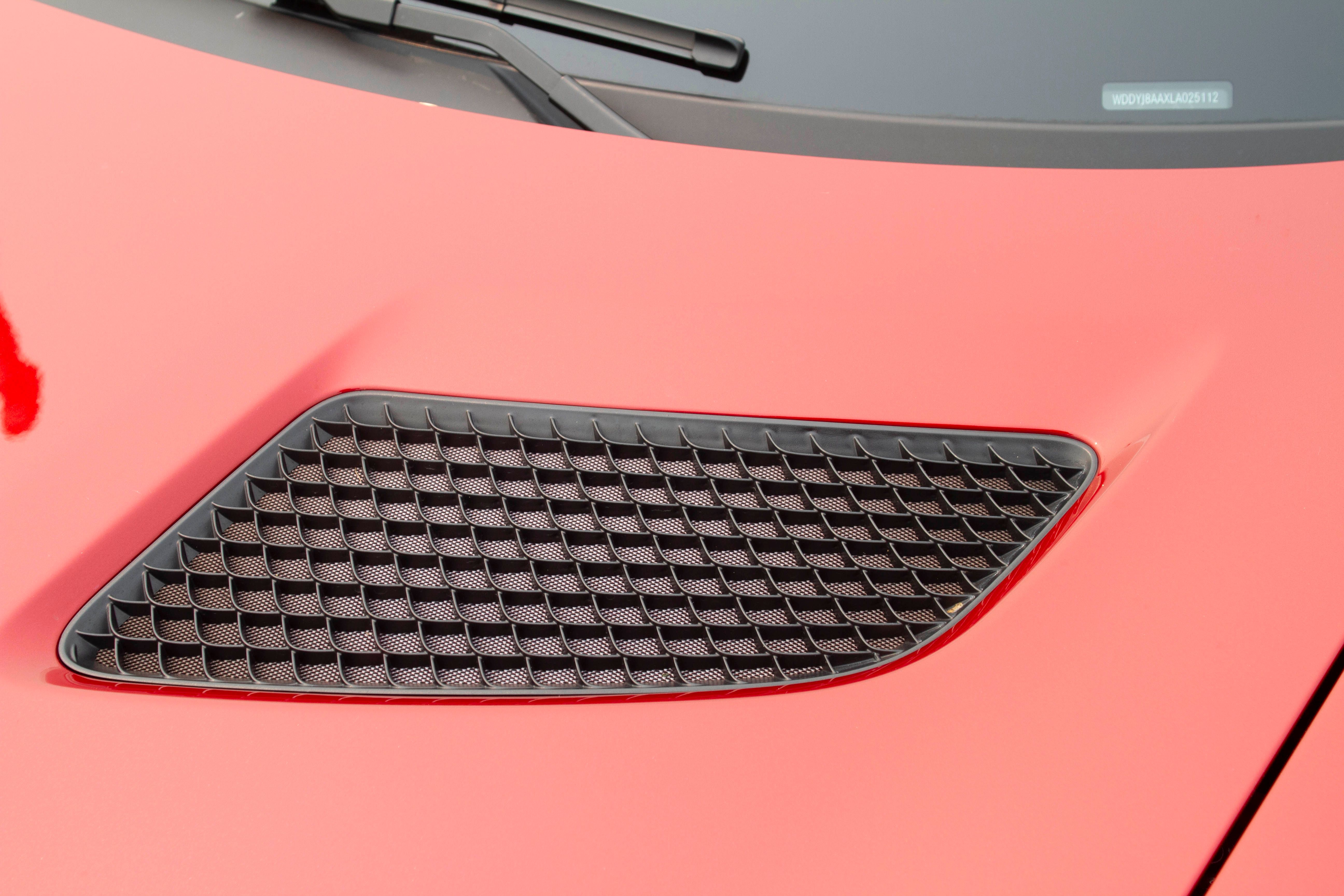

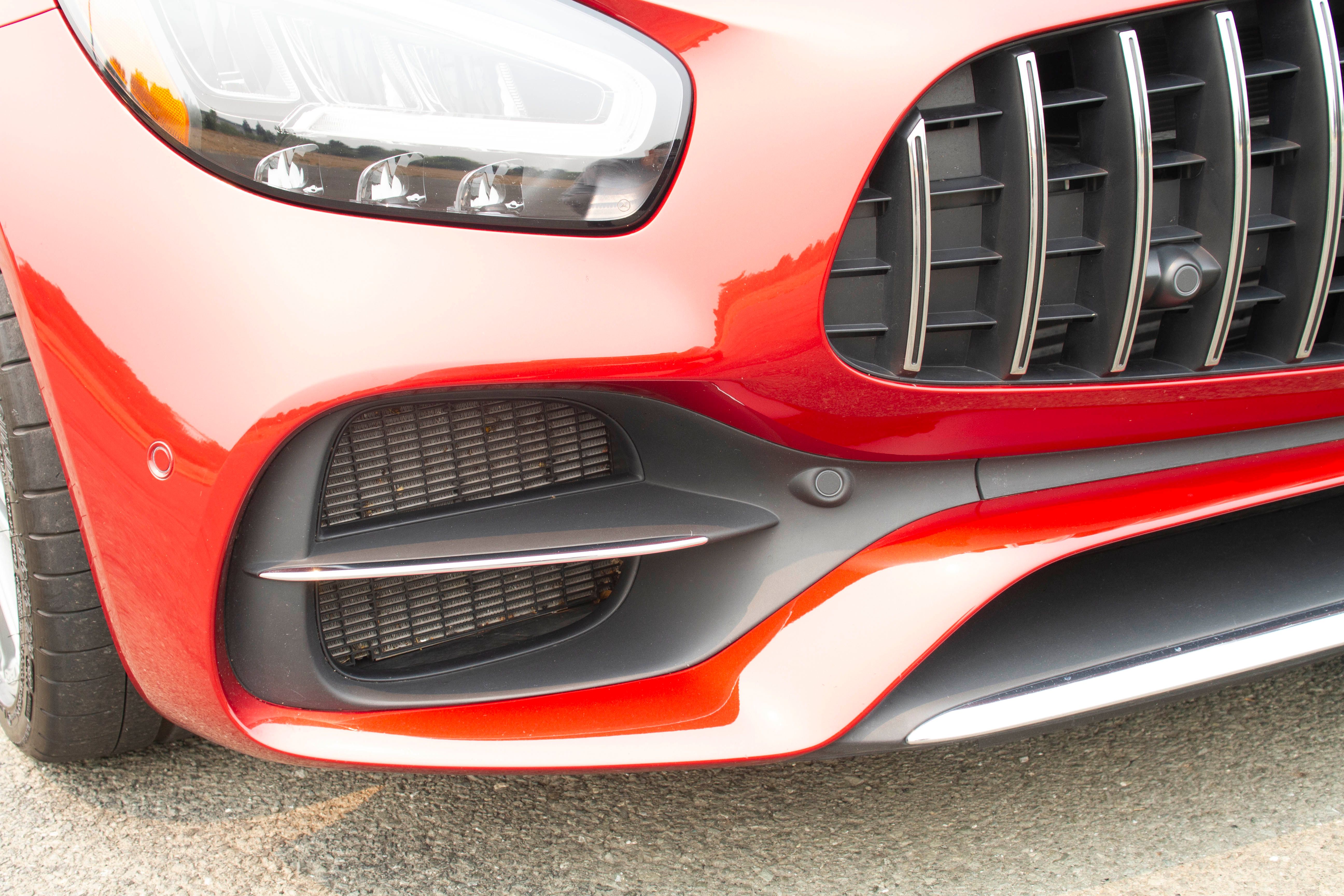
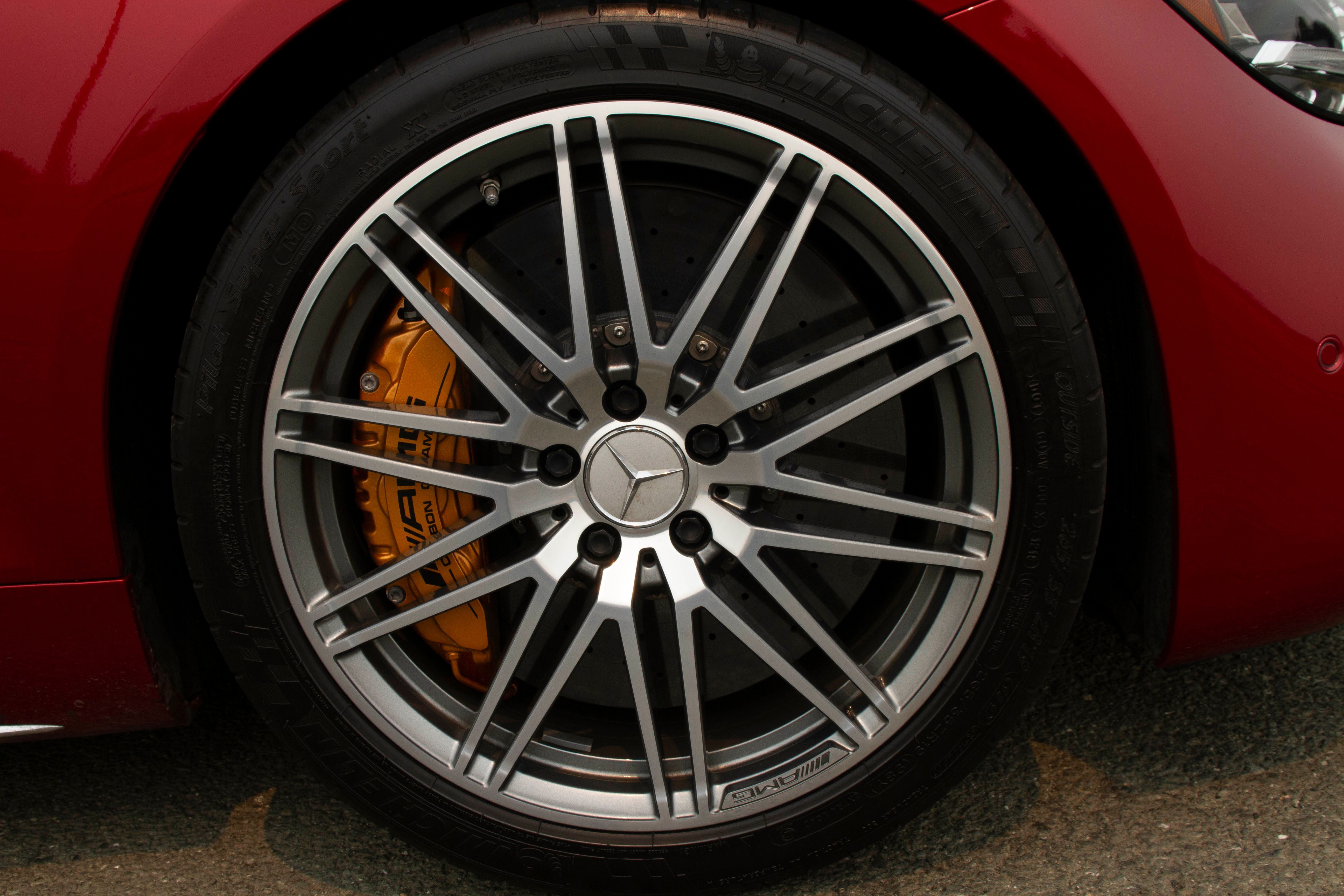
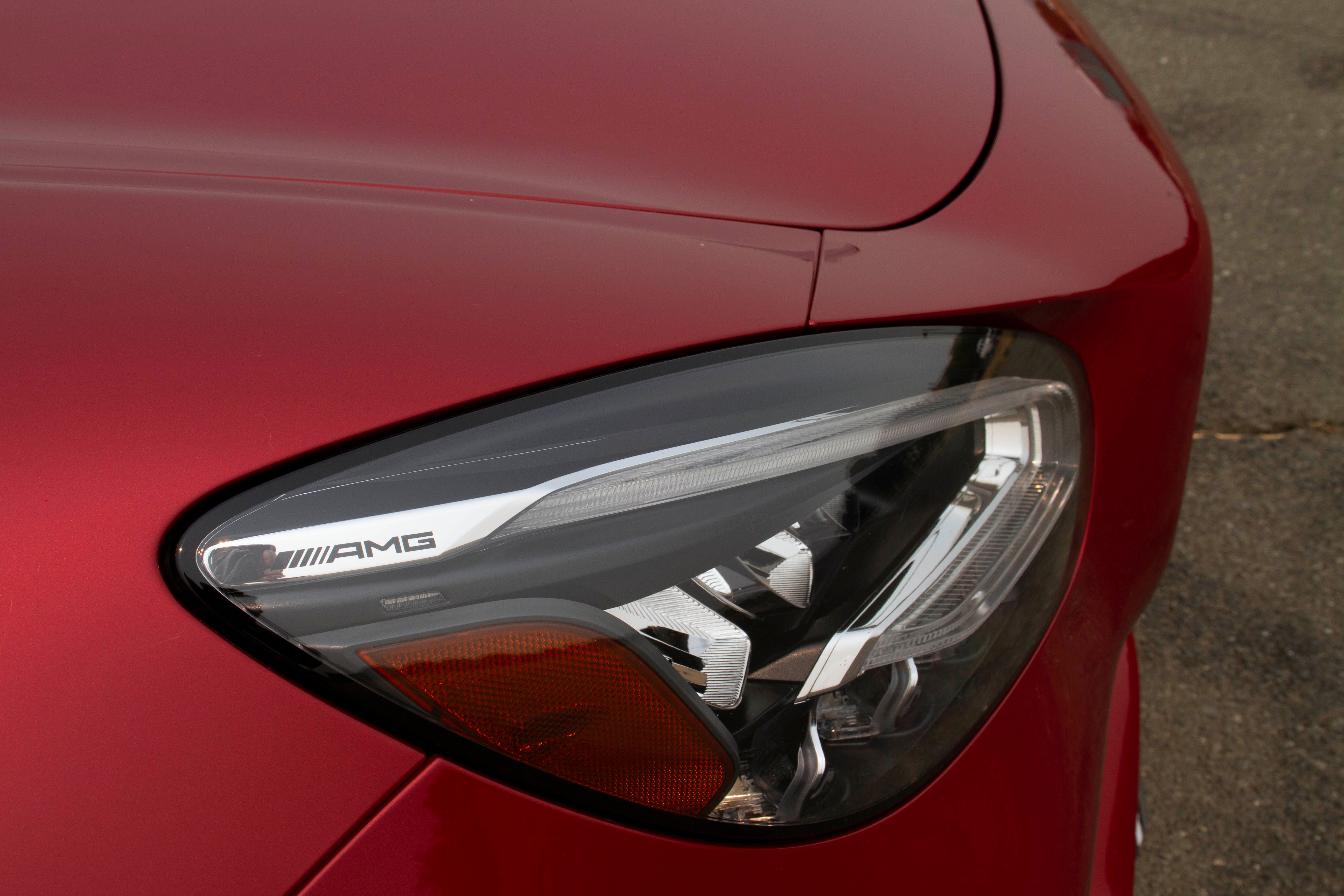
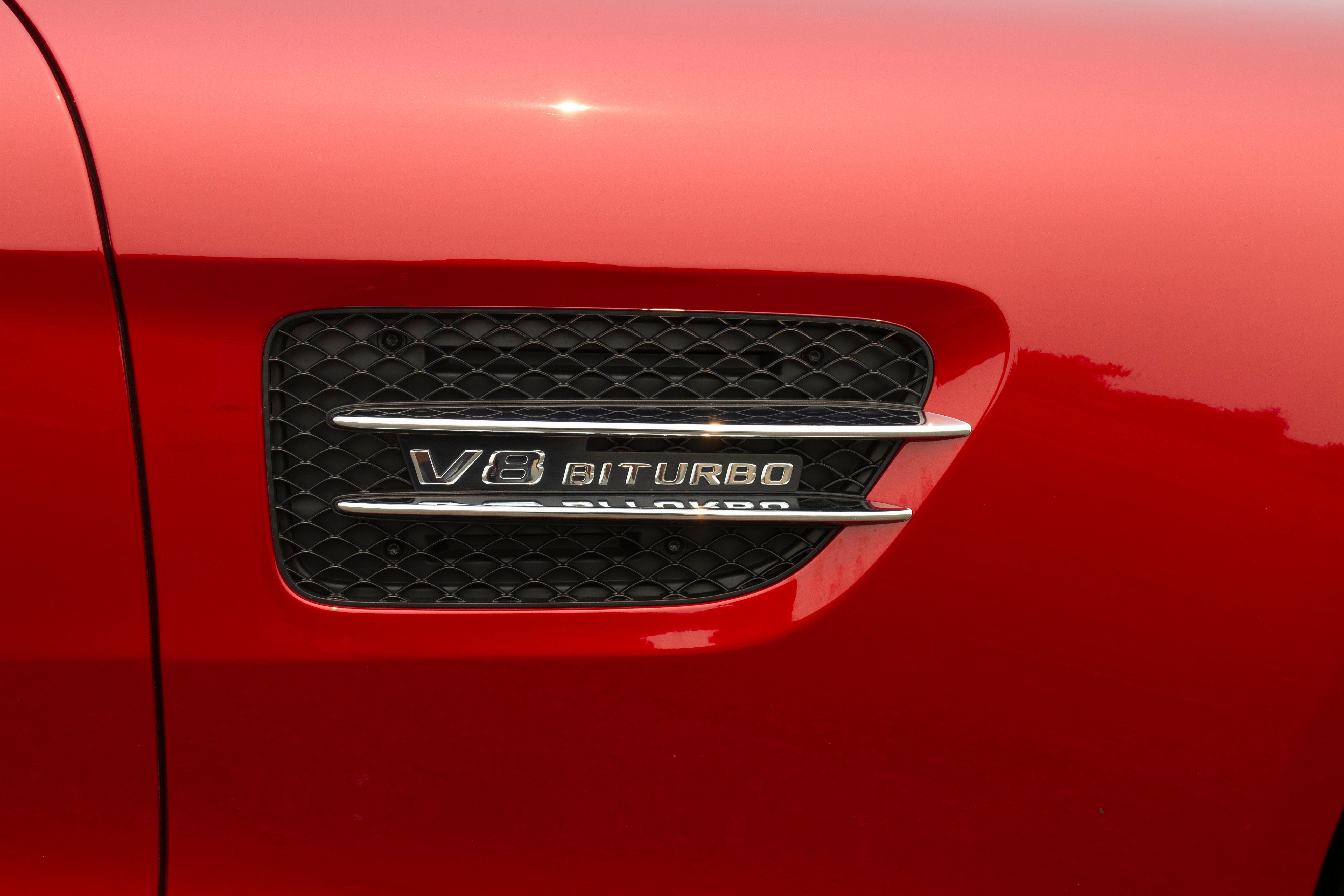
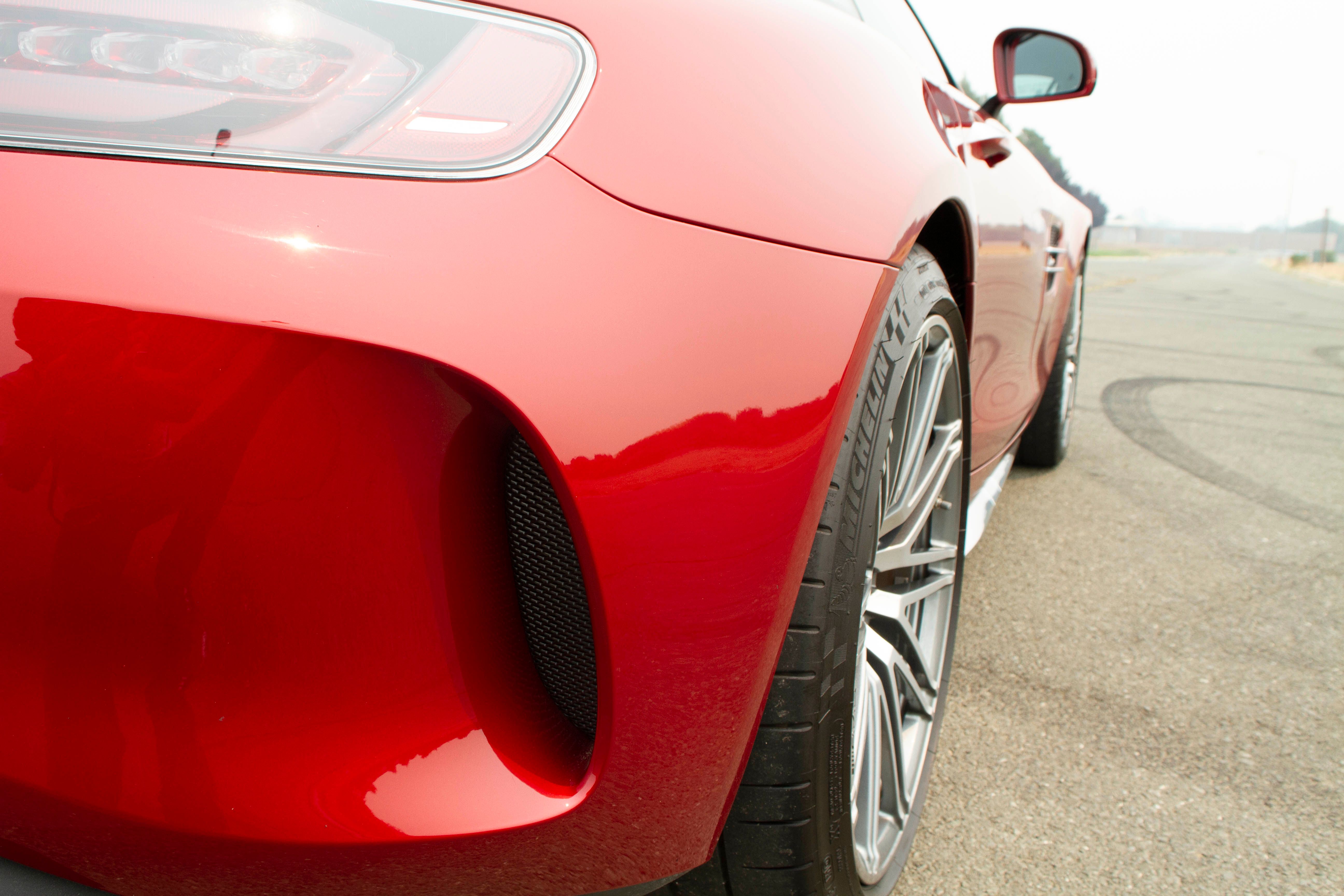
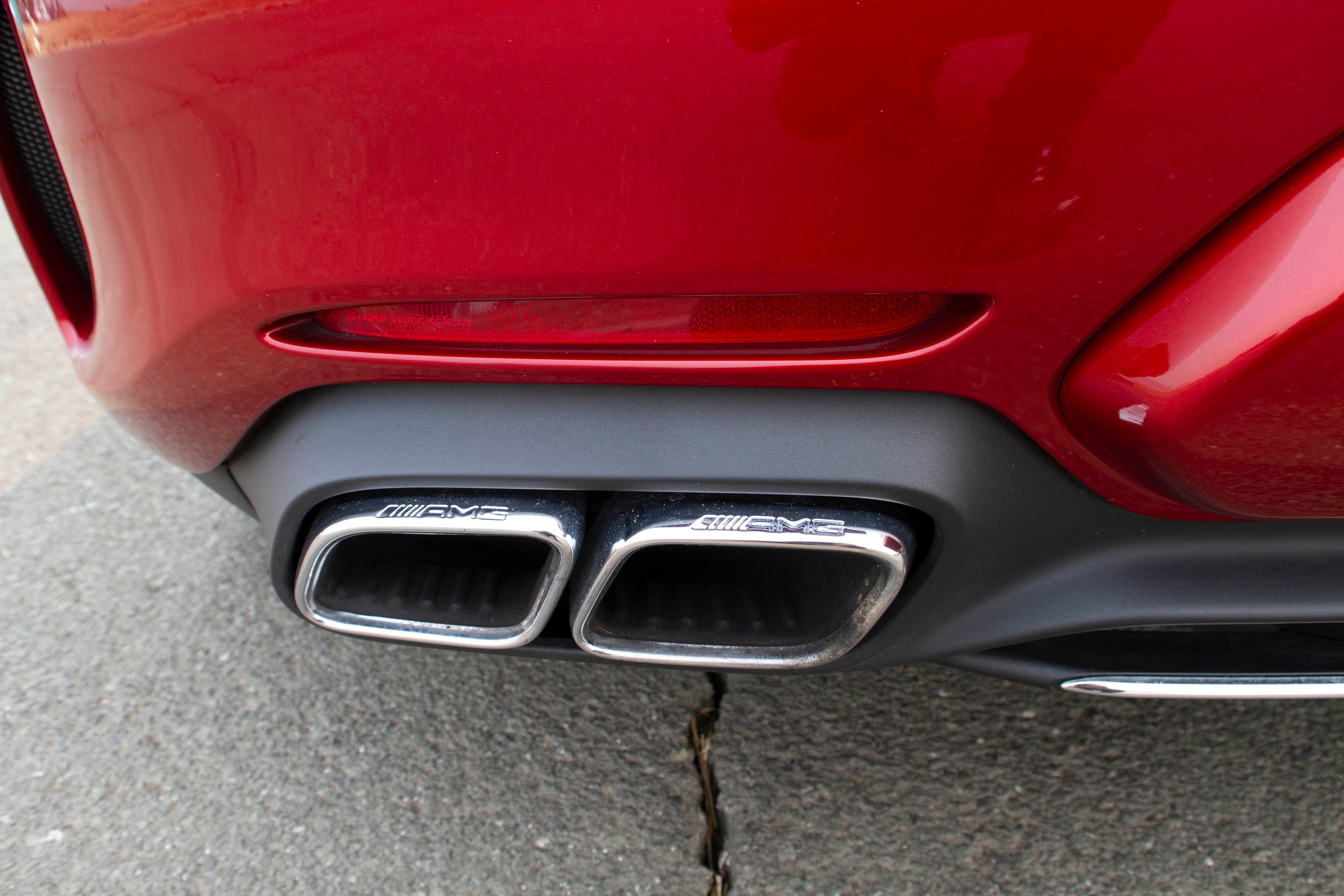
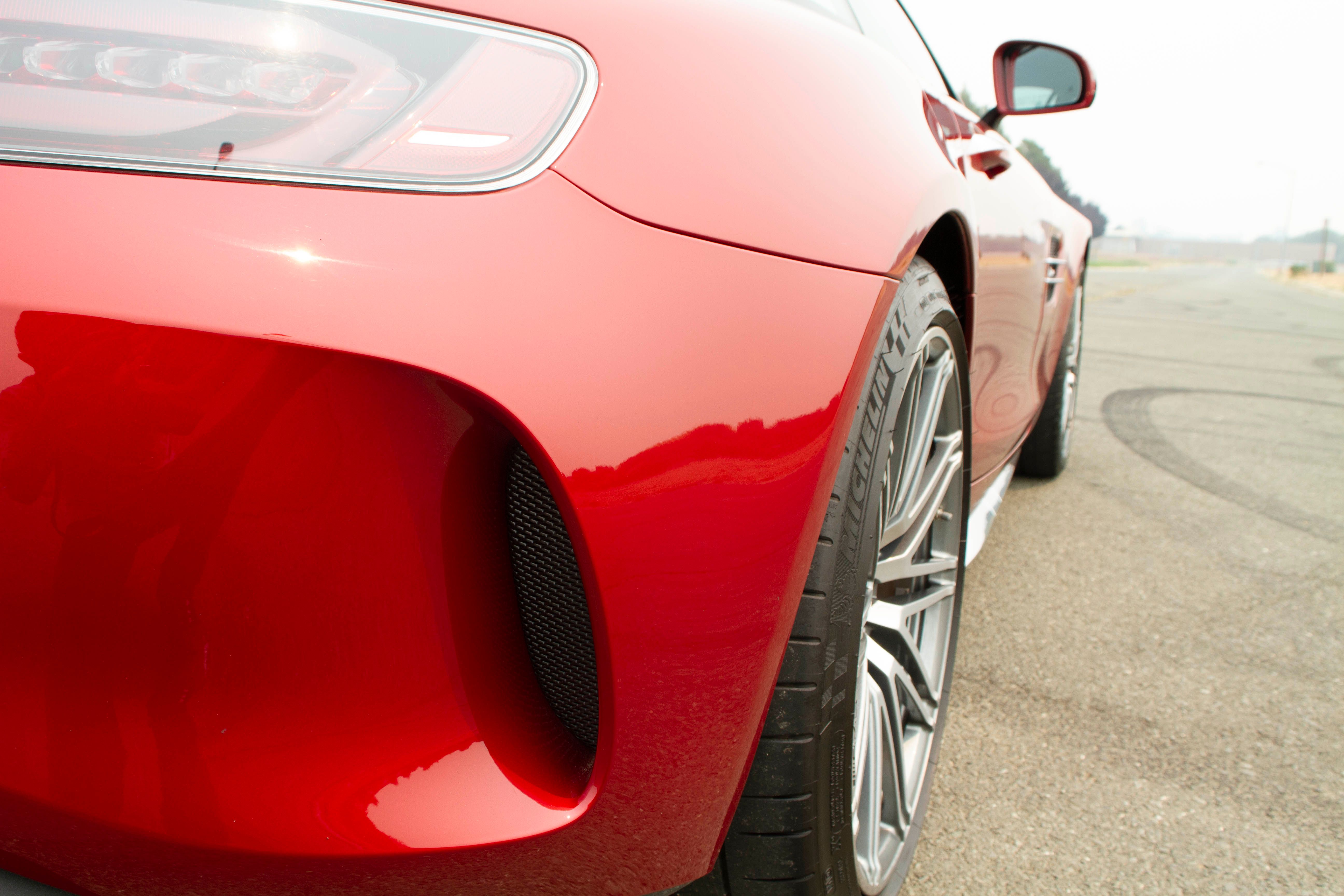
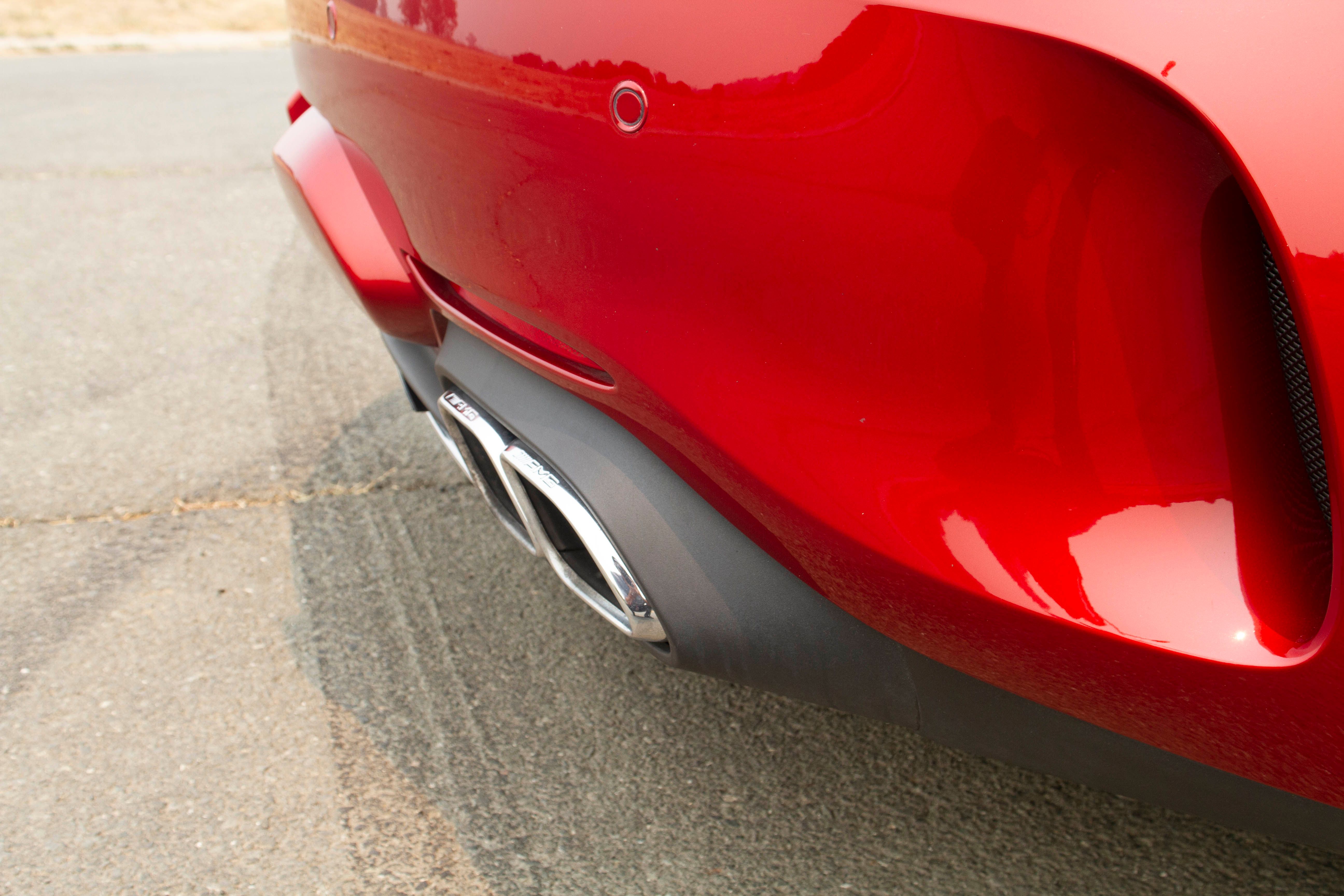
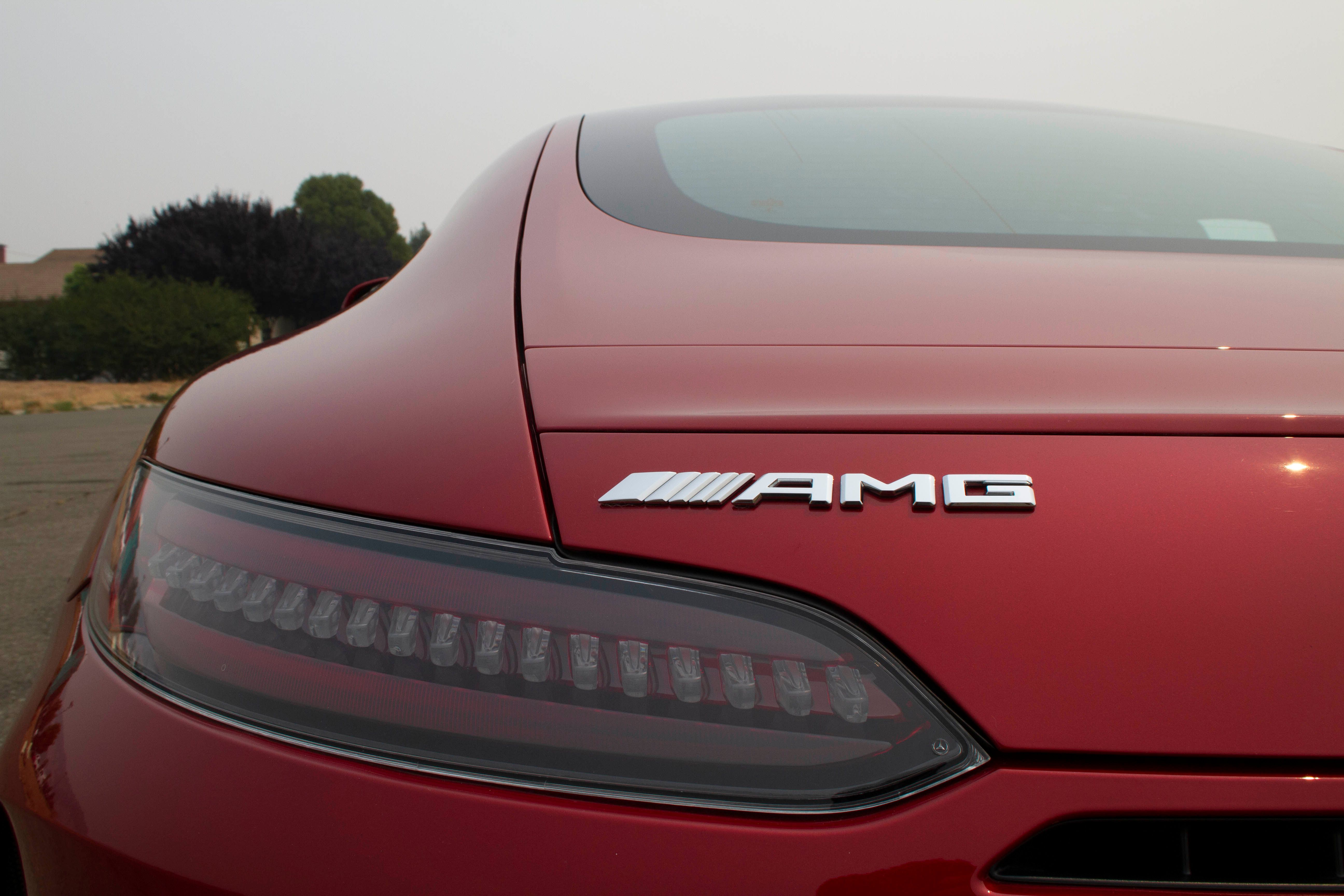

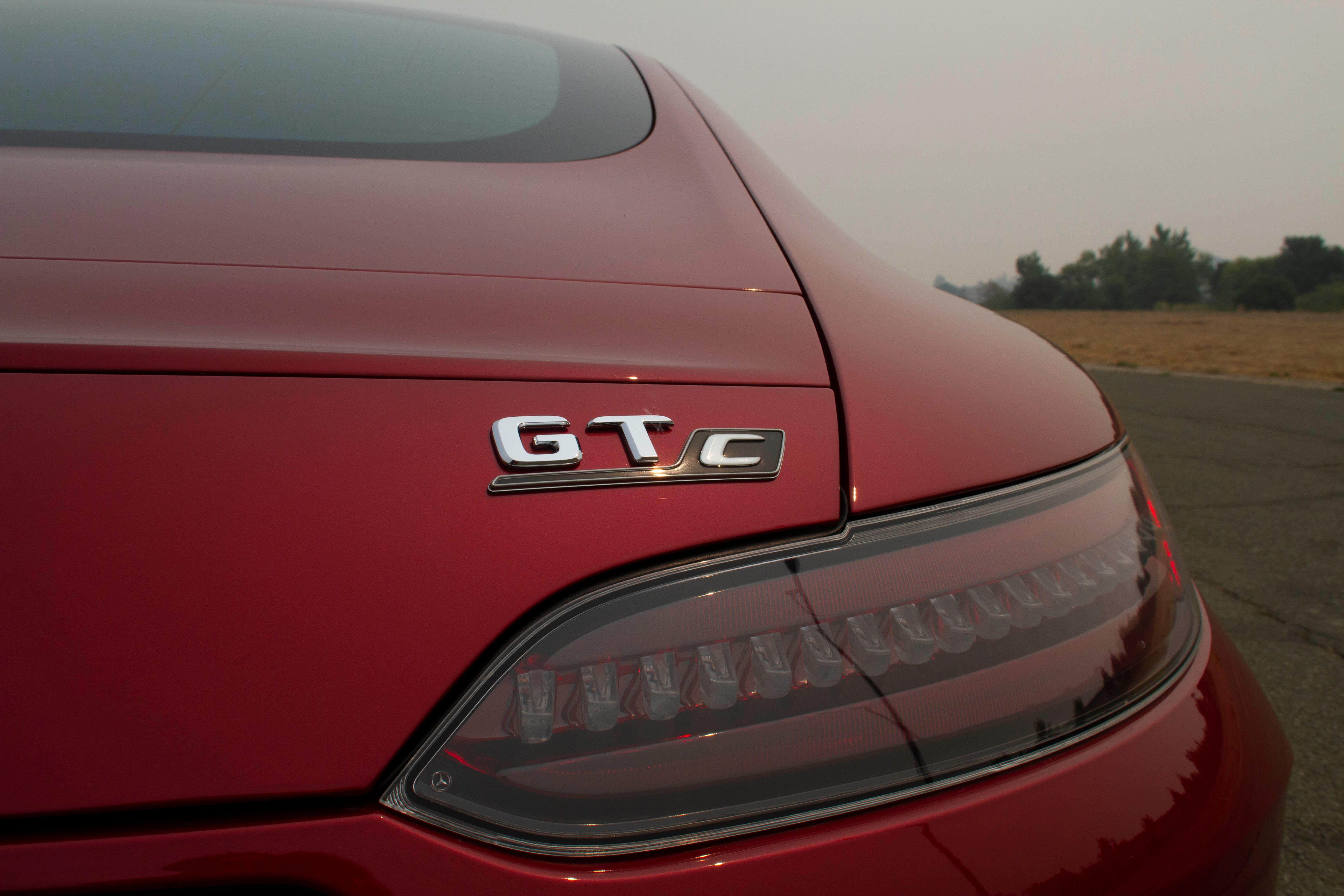
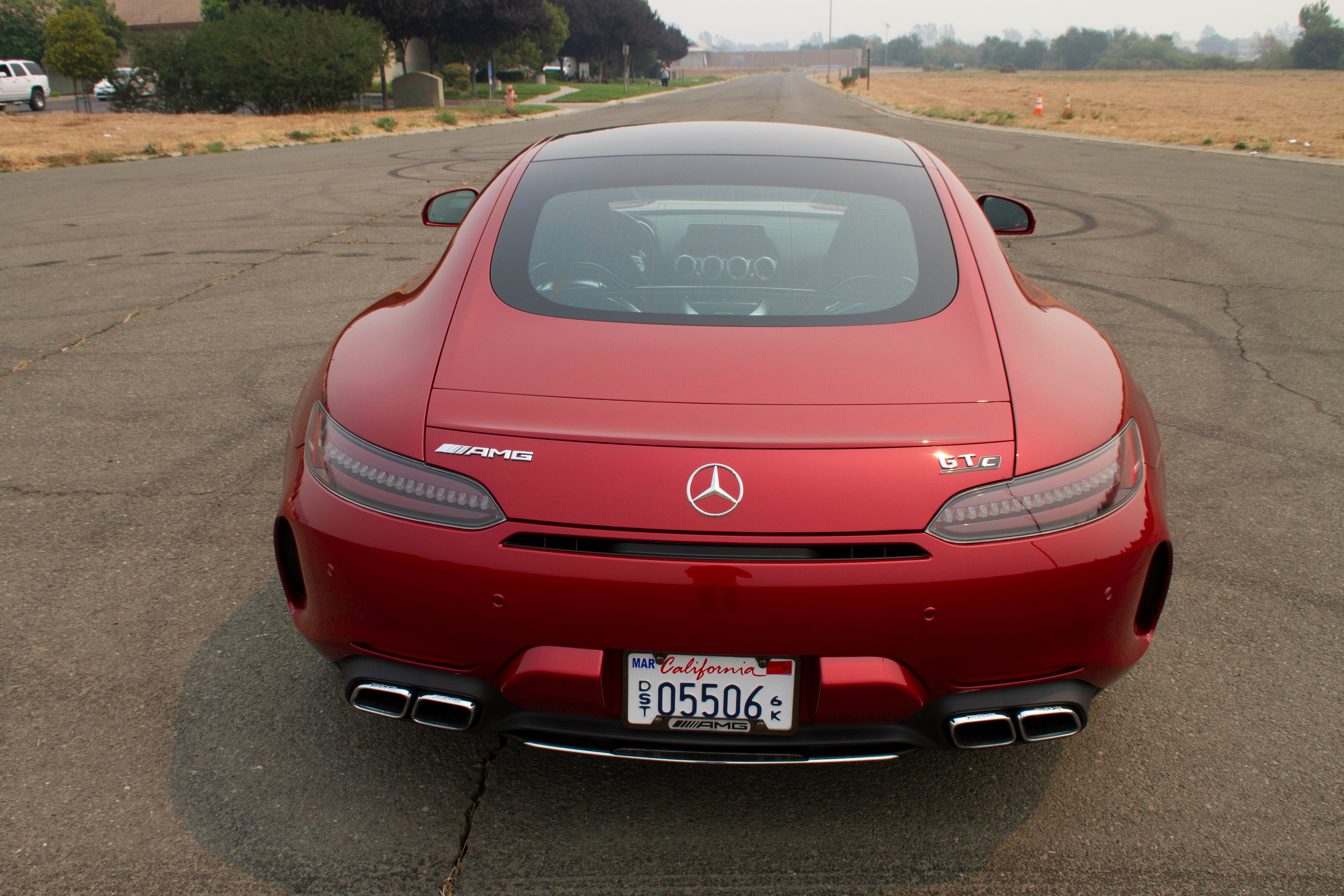
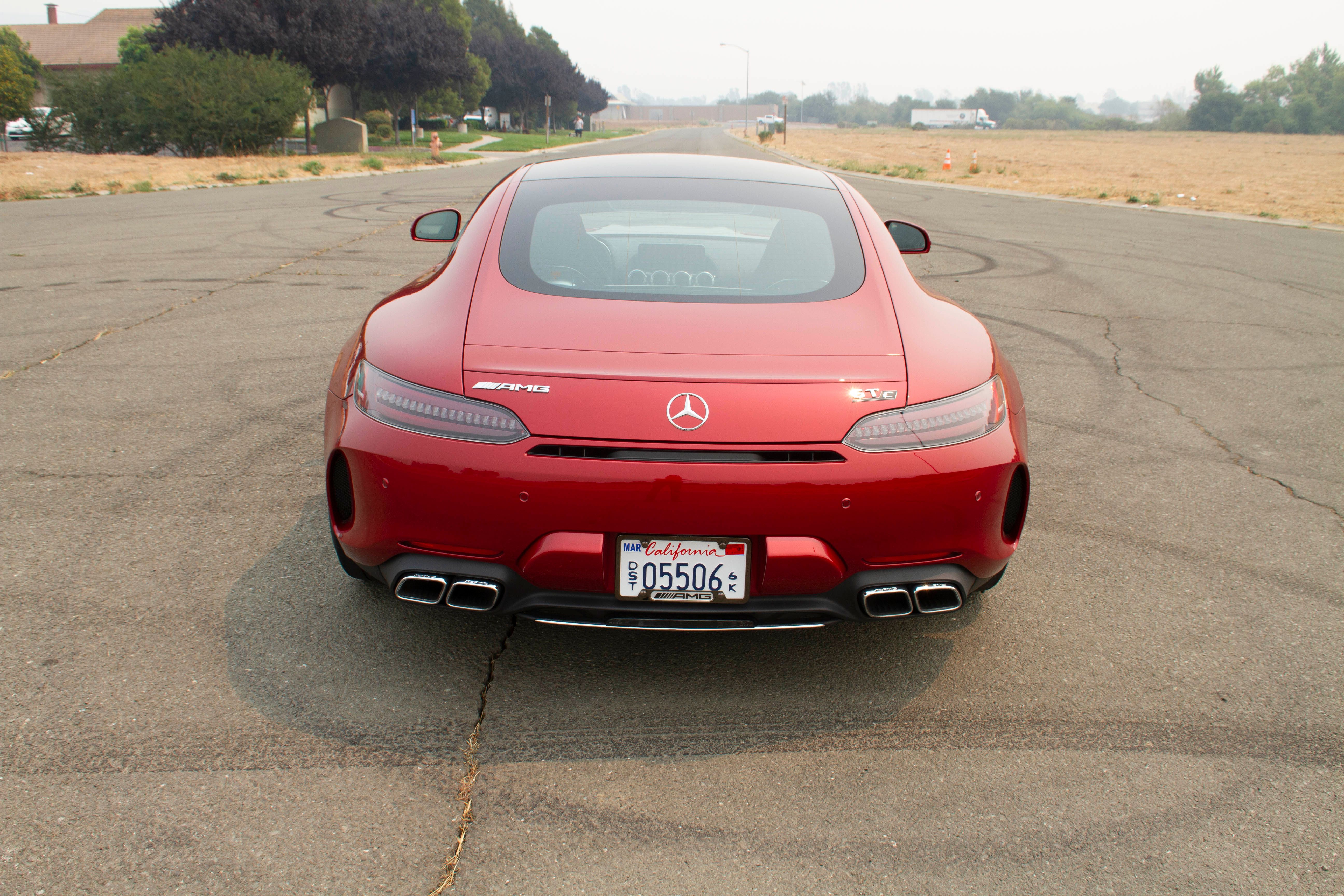

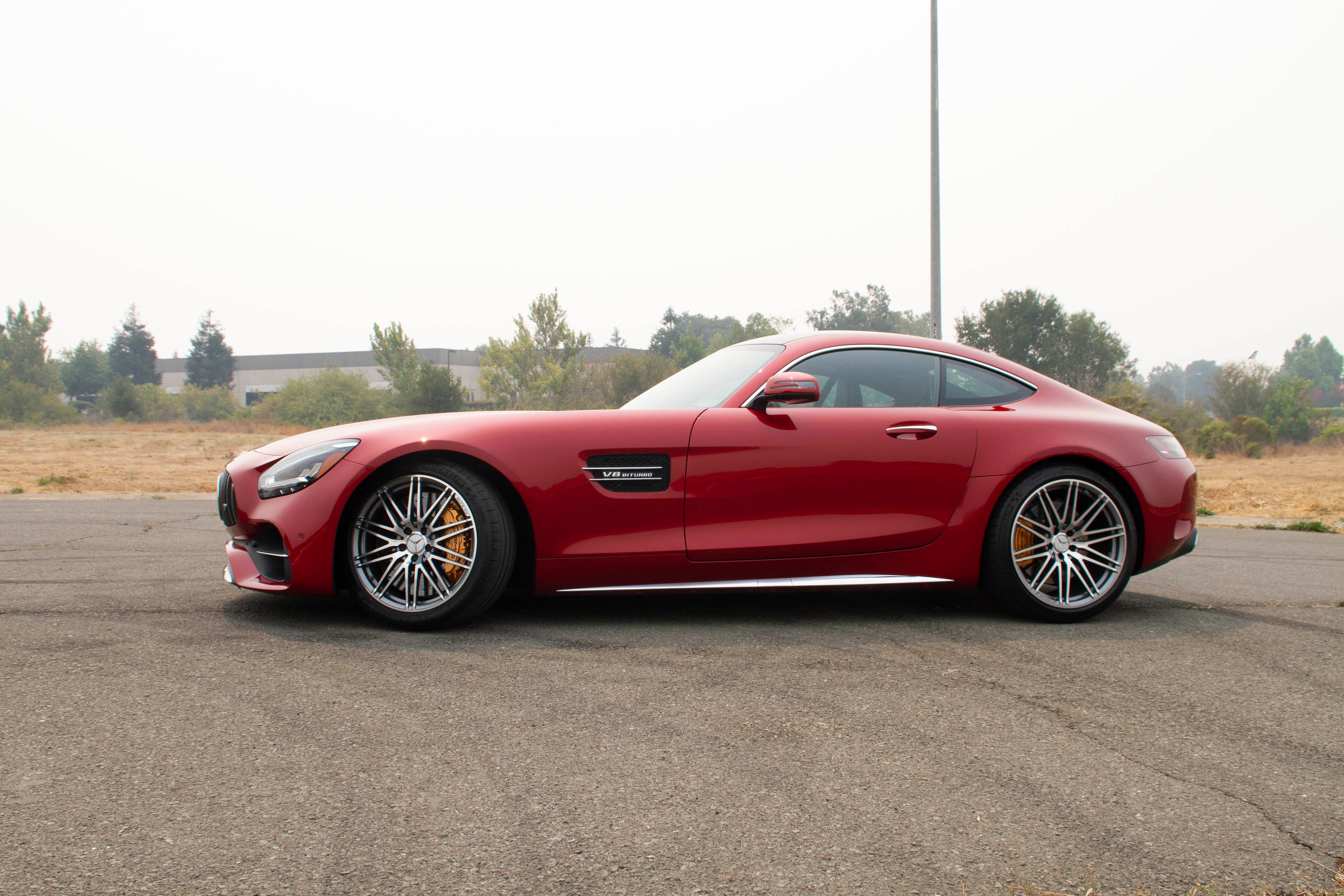


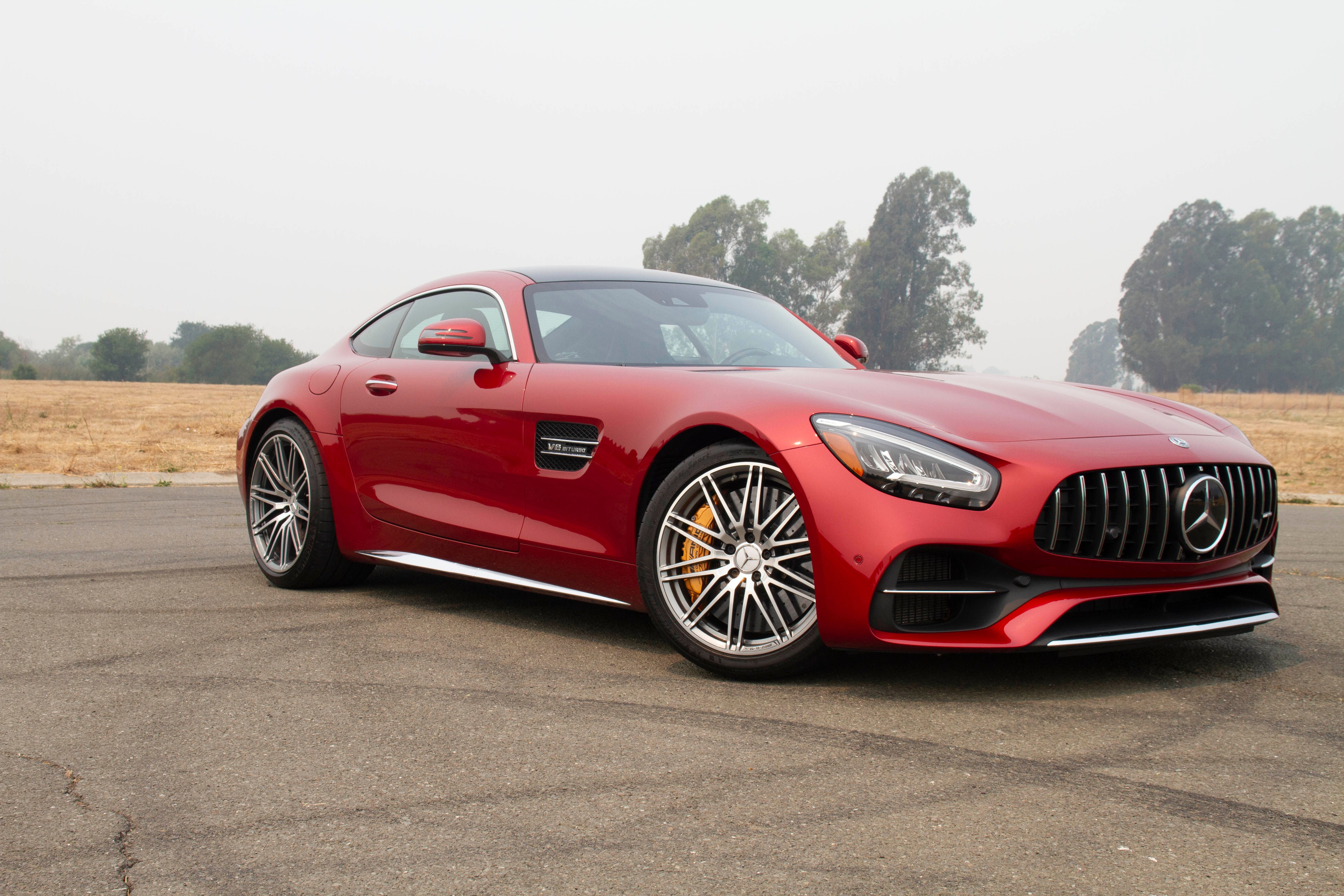
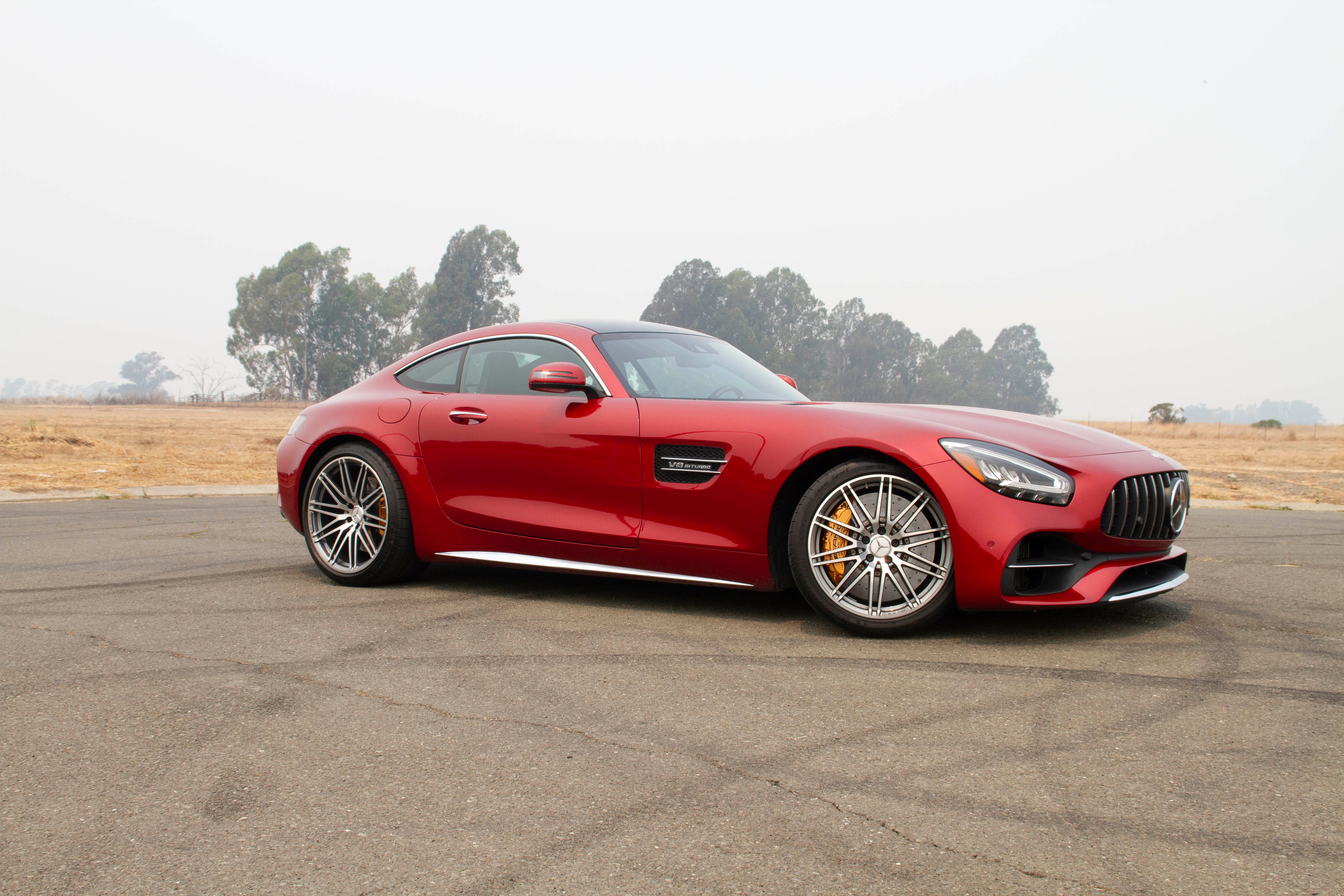


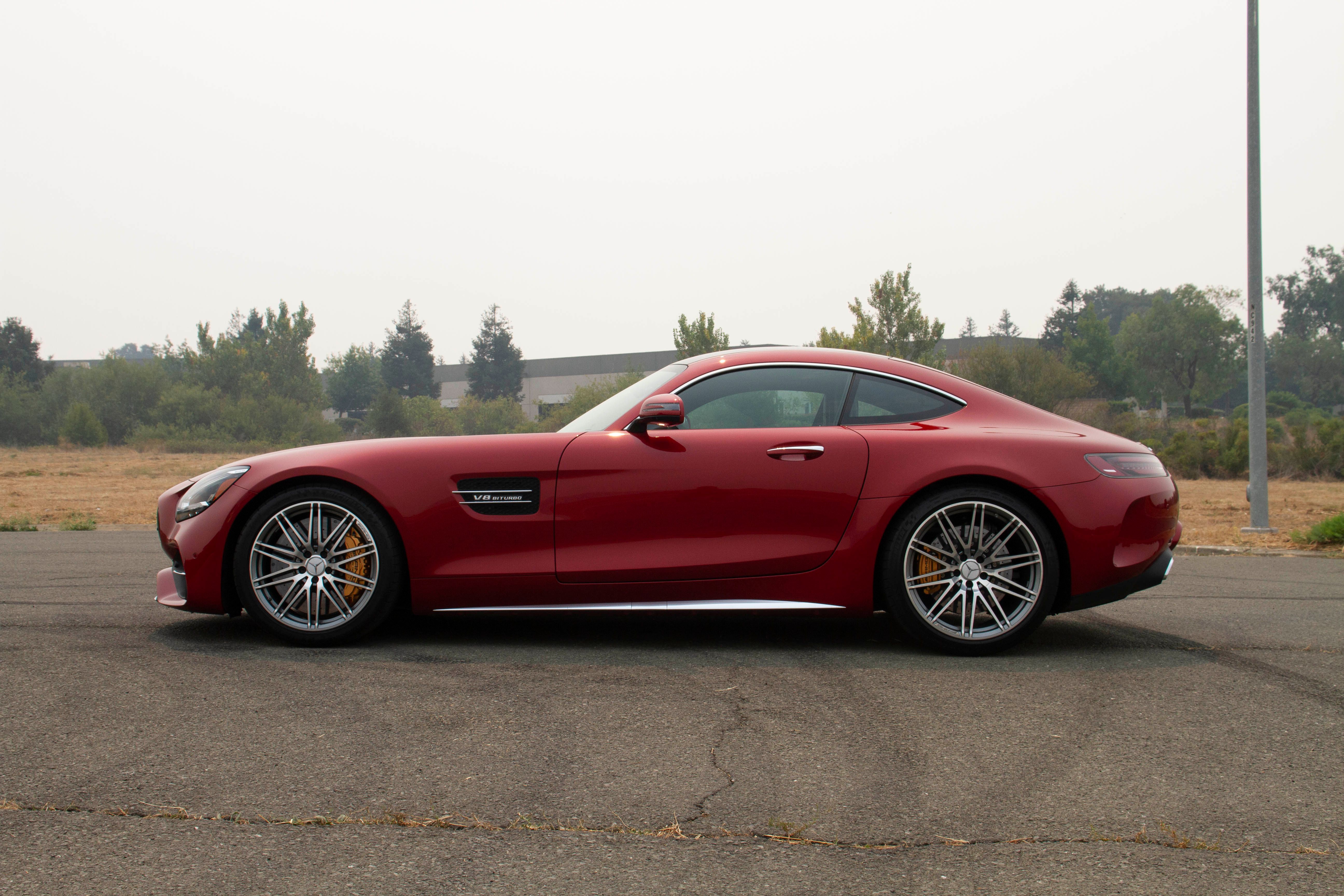

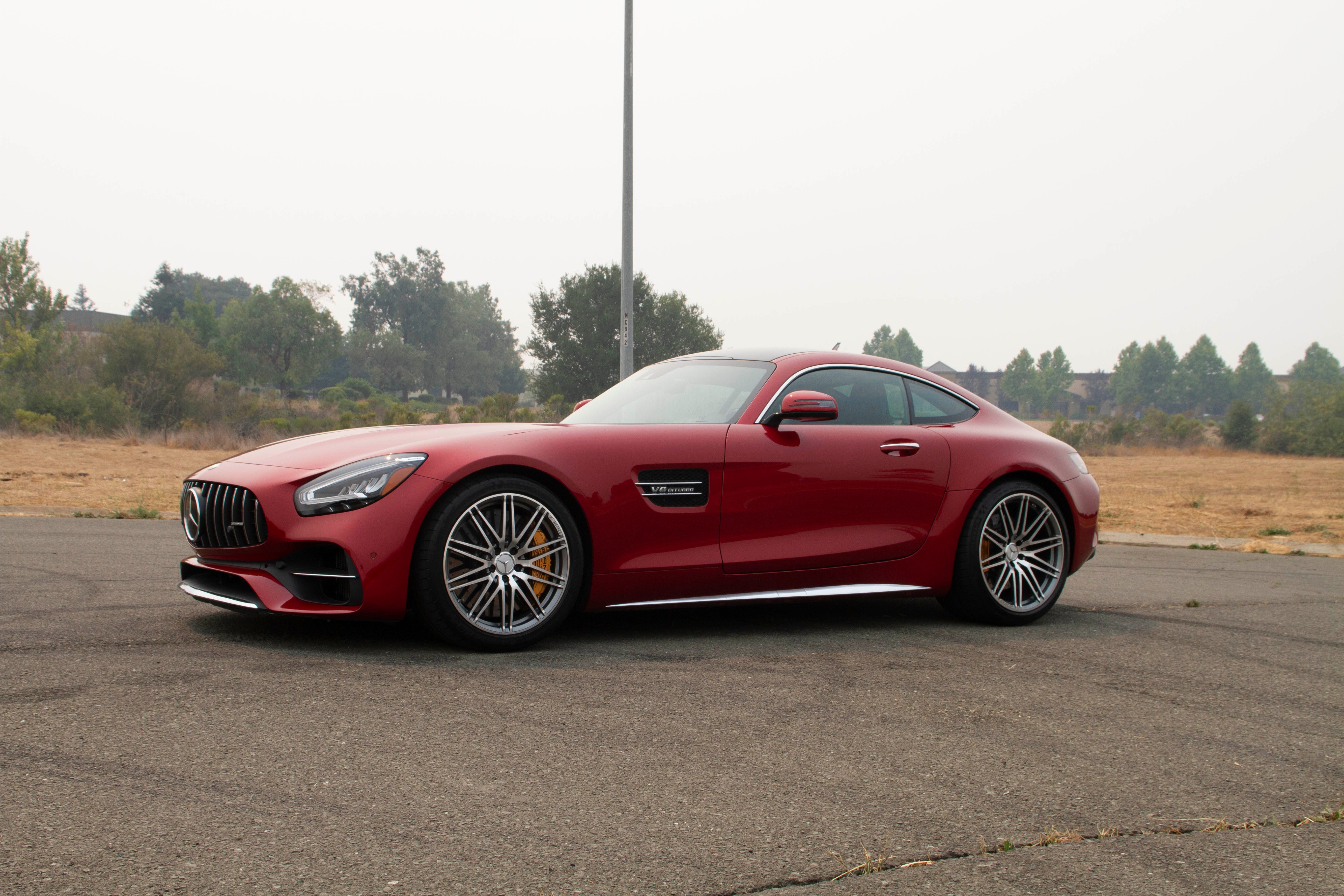

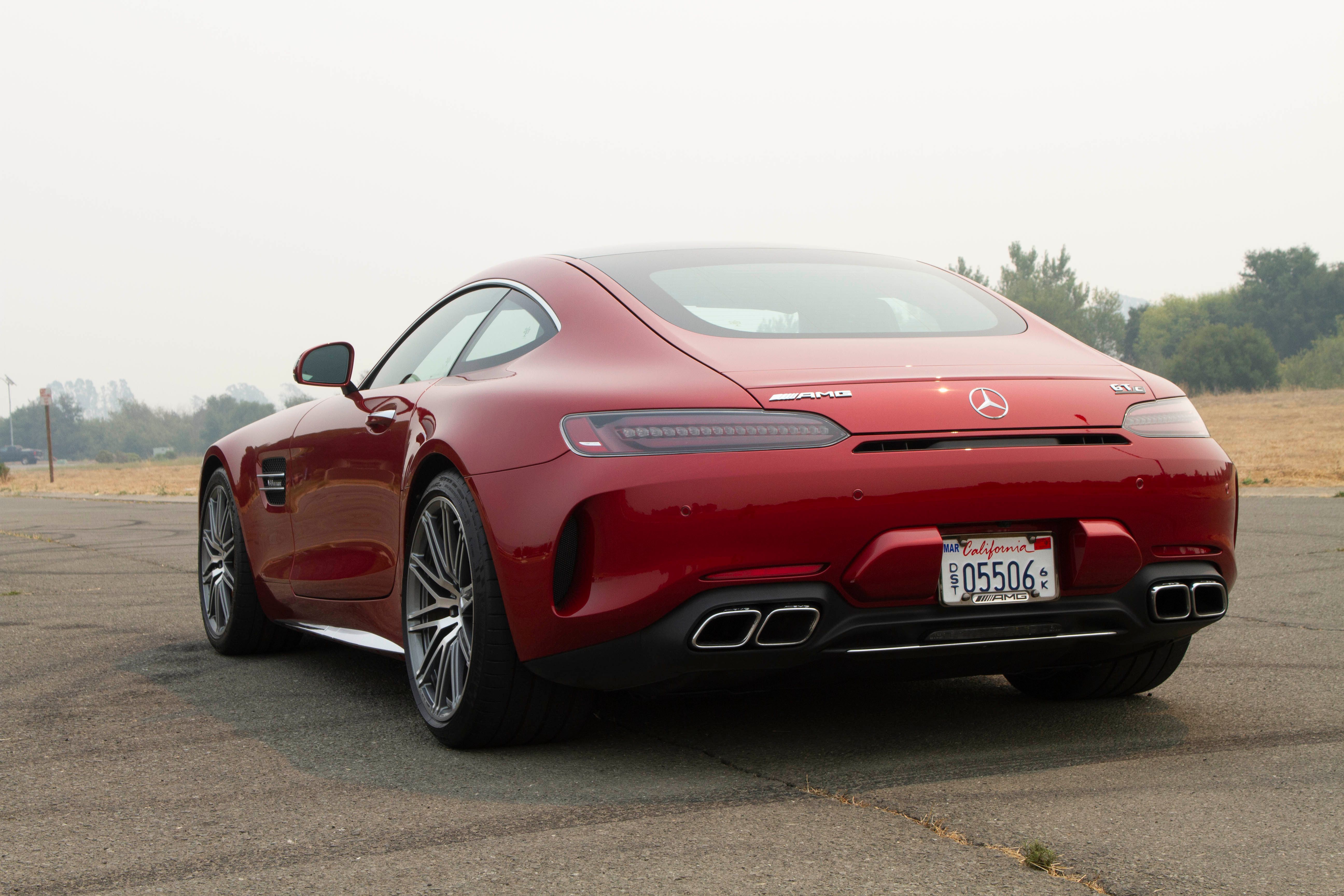
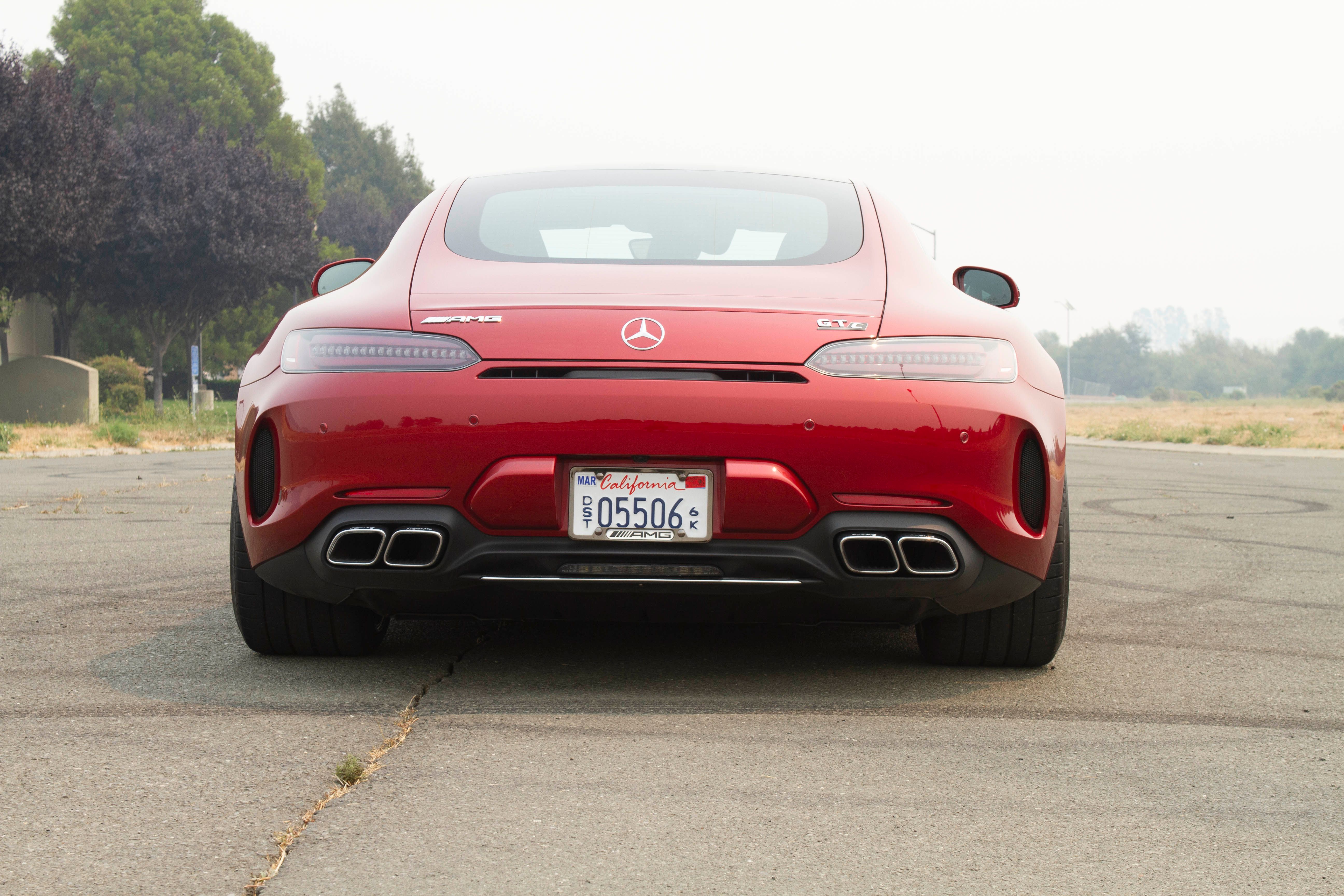
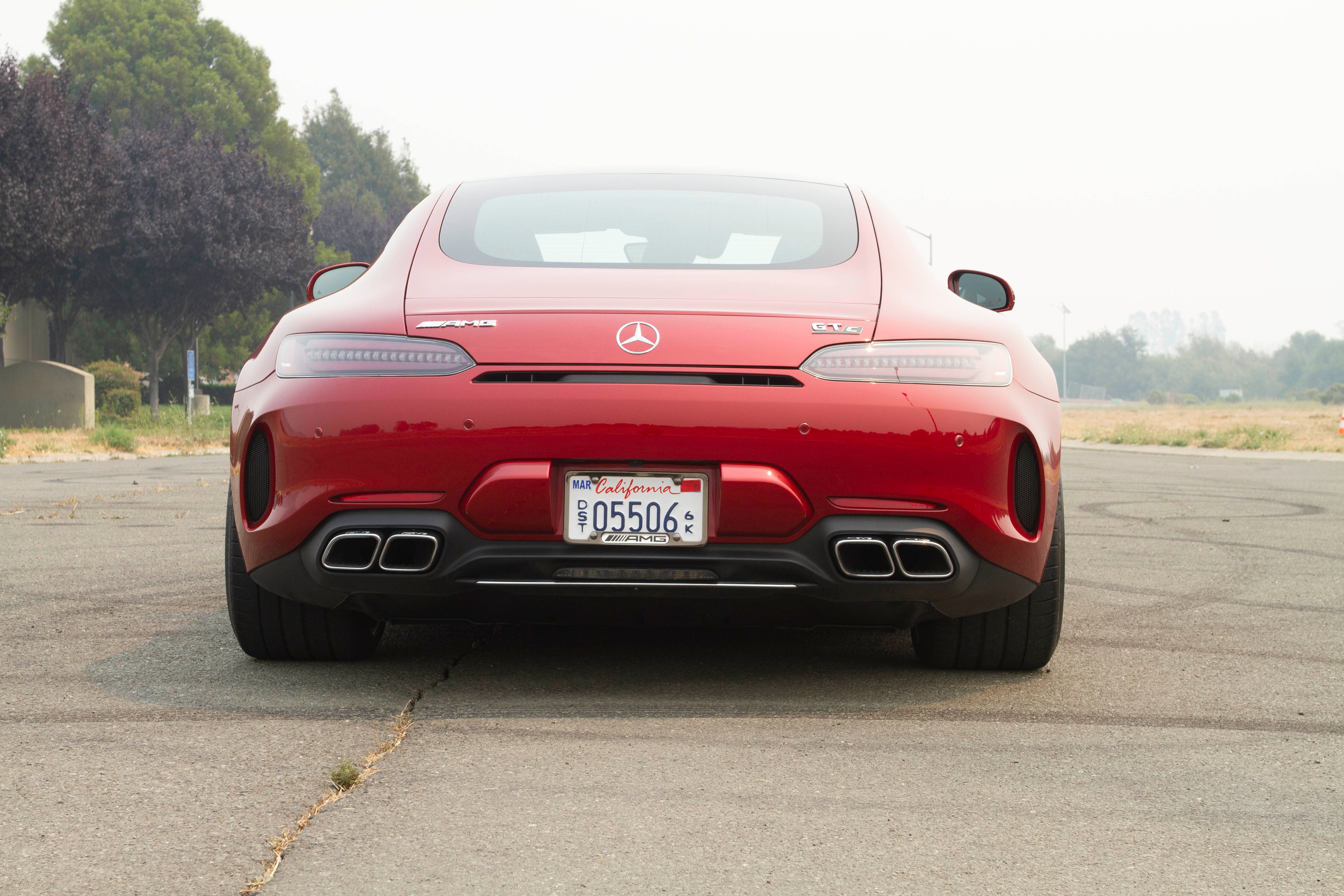

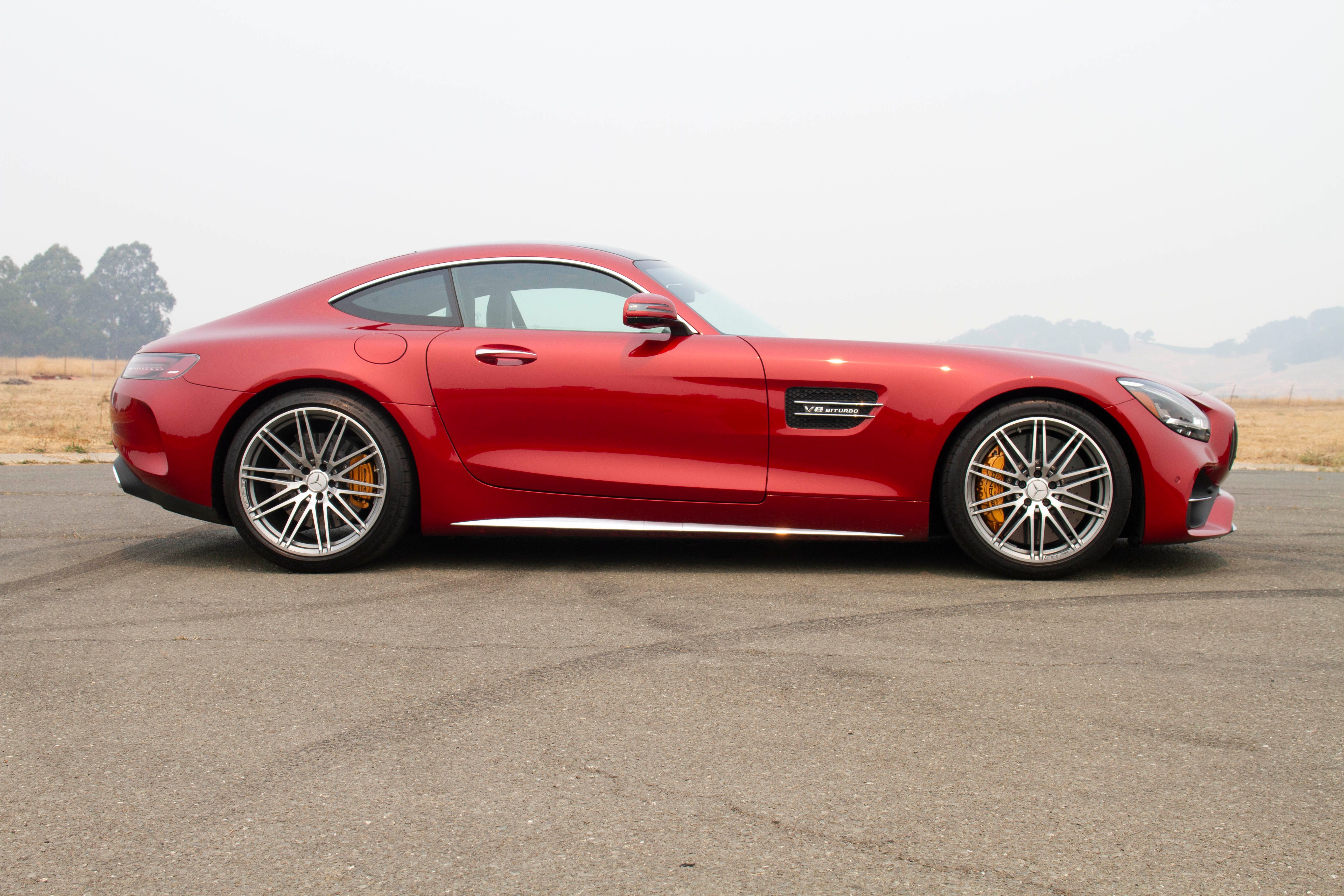
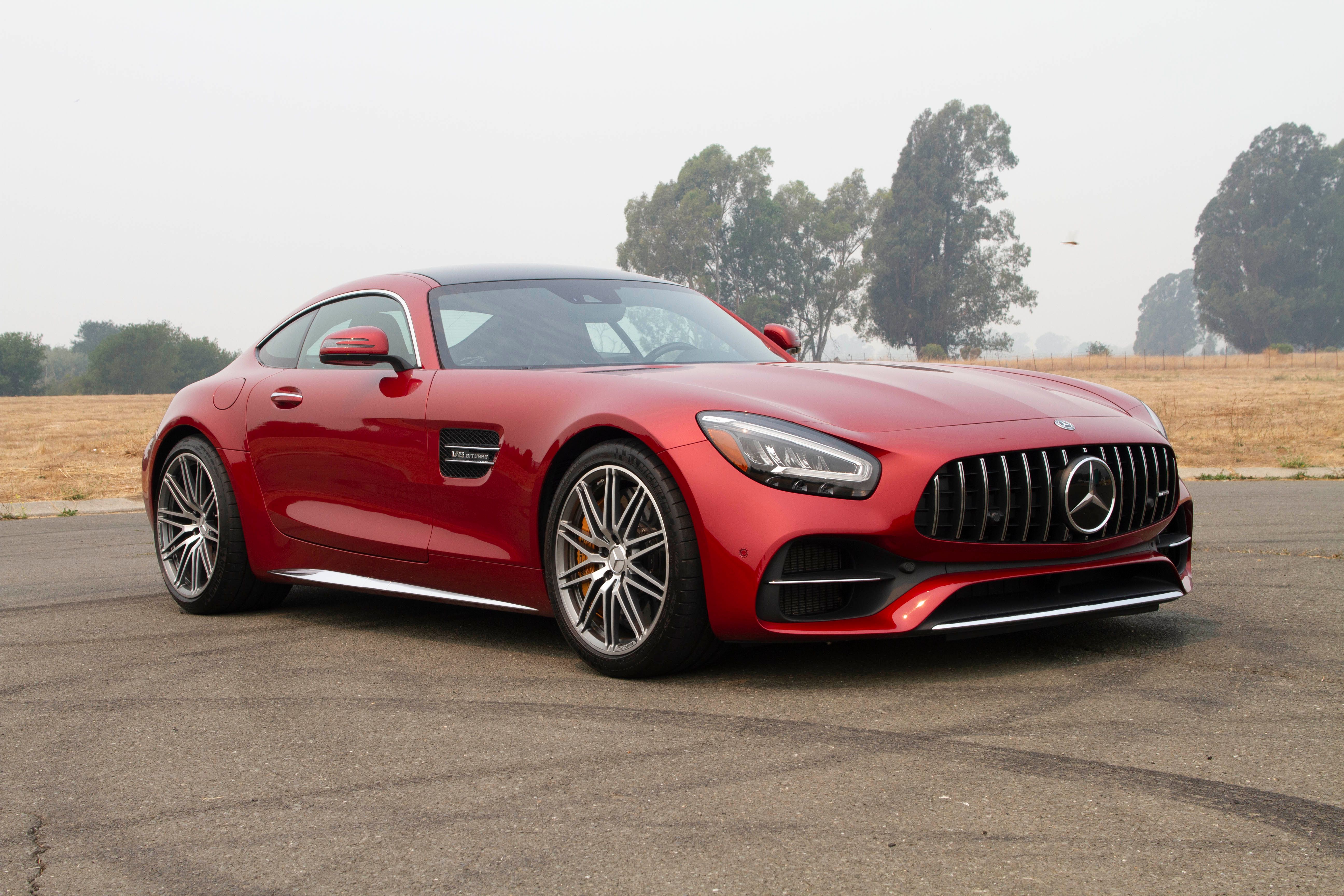



- Make: Array
- Model: 2020 Mercedes-AMG GT C - Driven
- Engine/Motor: V8
- Horsepower: 550
- Torque: 502
- [do not use] Vehicle Model: Array
Exterior Design

The GT C has a long nose and the engine is placed entirely behind the front axle, making it a front mid-engine. It has about 53 percent of its weight on the rear axle, giving it ideal weight distribution for going fast around corners. What’s strange is that they could have made the car a lot shorter since the first two or three feet of the engine bay is pretty much devoid of anything major with the engine that far back.

The new rear fenders make the AMG GT C a total of 2.25 inches wider than the GT, giving it exactly the same dimension as the AMG GT R at the rear of the car. The muscular styling creates space for larger wheels and a wider track. Both measures increase traction while allowing higher cornering speeds. The wider rear bumper of the AMG GT C improves the airflow at the rear. In common with the AMG GT and the old AMG GT S, the rear wing is integrated into the luggage compartment flap and is electrically extended or retracted at predetermined speeds, depending on the selected drive program.
Interior Design

As you would expect of a car costing as much as a house, the interior is a very nice place to be. The fit and finish is excellent and everything you touch has a rich feel. There is even a Burmester audio system with 10 speakers and subwoofer, and 10 channel DSP amplifier with 640 watts of power. You need that kind of power because there is a lot of road noise from the huge sticky tires.
Drivetrain and Performance

Under the hood of the GT C is a 4.0 liter twin-turbo V-8 that revs to 7000 rpm and sounds insane at the higher revs. The twin turbos stuff 18.1 psi of boost pressure into the cylinders and the engine is mated to one of the best dual clutch transmissions in a production car. Be sure to switch the exhaust open to really hear that engine. Driving the GT C with the exhaust in quiet mode is as stupid as putting ketchup on your hotdog.
If you want quiet, then you should not be driving this car. Open up the exhaust and switch the transmission to manual mode and roll down the windows so that you can get the full experience. When the all-aluminum engine hits 5750 rpm, it is making 550 hp and you can feel every one of those horses pulling you.

The larger rear fenders allow the installation of massive 305/30R20 rear tires on 12x20 wheels with 265/35R19 front tires on 9x19 front wheels. Those huge tires cover 15.4 inch front brake rotors and 14.2 inch rear brake rotors. Our car had the optional $9000 Ceramic Composite brakes that up the front rotors to 15.8 and are lighter than the standard rotors with huge six piston calipers. If you plan on doing any track driving, these are a great option until they wear out and you realize how much a brake job costs.
Mercedes AMG GT C specifications
|
Engine |
AMG 4.0-liter V-8 |
|---|---|
|
Horsepower |
550 HP @ 5,750-6,750 RPM |
|
Max. torque |
502 LB-FT 1,900-5,750 RPM |
|
Curb Weight |
3,660 Lbs |
|
0-60 mph |
3.6 seconds |
|
Top speed |
196 mph |
Driving Impressions

Mercedes has developed a family of their GT models with the entry level GT. The next level is the GT C which is supposed to be a street car that you can drive on the track. Then there is the GT R which is very much track focused so you can think of it as a race car that you can drive on the street. After that, there are the GT3 and GT4 models which are full race cars.
The GT C is a serious car that has been designed specifically to be a driver’s car.

Under the skin, it has a steel unibody covered in aluminum, steel and carbon fiber. The suspension is pure race car stuff with a double wishbone design in the front and rear with the wishbones, steering knuckles and hub carriers made from forged aluminum to save unsprung mass. The GT C also has rear wheel steering that aids in agility and stability. Up to a speed of 62 mph, the rear wheels point in the opposite direction relative to the front wheels allowing the GT C to turn into corners with higher agility. Under everyday driving conditions, the driver also benefits from a smaller turning circle.
Mercedes says that the GT C does 0-60 in 3.6 seconds which sounds too conservative. It feels a lot faster than that. Once the speed of the AMG GT C rises above 62 mph, the system points the rear wheels in the same direction as the front wheels for perceptibly improved handling. The driver also notices that the car delivers good rear-axle grip and high stability on fast changes in direction, without the usual tendency for the rear end to break out. Of course with this much power, the driver still needs to exercise caution if the stability and traction controls are off. Top speed is 196 mph.
Pricing

Speaking of costs, that is the only real issue with this car. The standard GT starts out at $115,900 but the GT C takes it all the way to $150,900. Our car had a long list of options, most of which you can do without. The only option that we really would want is the performance steering wheel which is a bargain for $300. Compare that to the $1500 carbon fiber engine cover which is supposed to make the engine sexier by covering it up. Fully optioned, you would have to write a check for $173,695 for our test car. If you can write a check that big, you get an amazing car that will thrill you every day and is actually a bargain compared to some of the other super cars out there.
Final Thoughts

We found the GT C to be an excellent street car but one that can tire you out. It is a very big car at 180 inches long and 79 inches wide. The view from the driver seat is compromised due to the small windows and long hood so driving in traffic and trying to park in tight spaces is a challenge.
The trunk is also rather small at 10 cubic feet which is about twice what you get in a Mazda Miata. But you are not buying a GT C to commute to work and you are not cross shopping a Miata.

